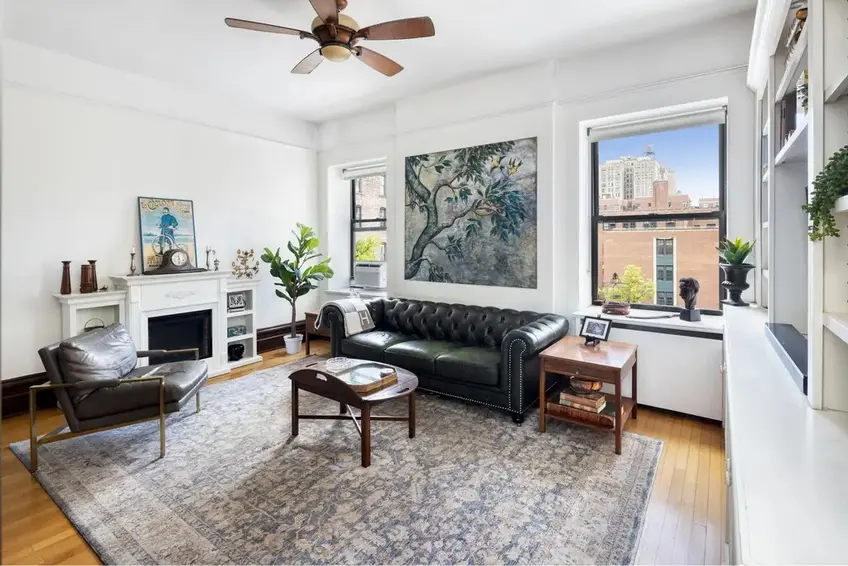 The Corona, #33 (Douglas Elliman Real Estate)
The Corona, #33 (Douglas Elliman Real Estate)
If you live in New York City and feel like your coop or condo fees are rising more quickly than they did in the past, you're not imagining things. Since pre-pandemic times, fees have spiked citywide. In 2023, Bloomberg reported that fees had risen at a pace three times higher than inflation since 2020. This article explores why coop and condo fees have risen so drastically over the past five years and offers insight on what might be ahead for owners.
In this article:
Factors driving up local building fees
Anecdotally, most New York City property owners will tell you that their fees have risen rapidly over the past decade, especially since the pandemic hit in 2020. When New Yorkers sometimes like to exaggerate and complain, in this case, there is no question that their fees have been quickly rising, and there are many reasons for the sudden and notable increases.- Inflation: As all consumers have noticed, inflation has risen since 2020. Between 2010 and 2020, annual inflation rates were at or below 2.1 percent, except in 2011. Since 2021, however, inflation rates have been above 4 percent, with 2022 reporting a high of 8.0 percent. High inflation has an effect on all goods, including building supplies, resulting in higher building fees.
- Building insurance: Like everything else, New Yorkers have always faced high home insurance costs. Since 2020, these costs have also spiked (individual owners are paying, on average, $1068 more annually than they were in 2020). But if you live in a coop or condo, in addition to the insurance you pay on your unit, you’re paying insurance for the building, even if the cost is bundled into other building fees. What is clear is that whether or not it is visible, rising building insurance is another factor that has driven fees up over the past five years.
- Utility costs: Since 2020, both gas and electricity prices have undergone significant hikes, resulting in spiked monthly fees for coop and condo owners. In 2024, the Water Board also passed an 8.5 percent increase, the largest jump since 2011. This jump, while not as significant as gas and electricity hikes, is expected to further drive up fees.
- Facade inspections and repairs: Since the city updated its facade law in 2019, all buildings over six stories must have a facade inspection once every five years. If repairs are required, they must be started within 90 days. The inspections, repairs, and, of course, the scaffolding (New York City now has over 300 miles of scaffolding wrapped around buildings due to mandatory facade repairs) cost tens of thousands of dollars per building. Naturally, these costs are passed along to the owners and shareholders.
- Local Law 97: In 2019, Local Law 97, which applies to most buildings over 25,000 square feet, was introduced in an effort to make New York City carbon neutral by 2050. While the city has offered support to help some buildings meet targets, coming into compliance is another factor currently edging up many local residential buildings’ fees.
- Property taxes: Like consumers, the city itself is also struggling to keep up with inflationary increases, as well as other growing demands, including the high cost of repairing its crumbling infrastructure. Taxes are the main way the city generates revenue, and as a result, local property taxes continue to rise, and this impacts lower owners’ fees.
- Demand for expanded building services: In some buildings, costs are also on the rise due to a growing demand for expanded building amenities and services. From luxury gyms and children’s playrooms to doggie baths and storage lockers, local tenants continue to look for increased amenities and services, but these conveniences come with a price tag. As local owners expect more in-house, fees also continue to rise.
- Building labor costs: As inflation has soared, building staff have also been struggling, and during their most recent negotiations, they leveraged the impact of inflation to negotiate a well-deserved salary increase. In most buildings, the cost of this increase has been or will be passed along to shareholders and owners, though most New Yorkers agree that if there is one thing worth paying more for, it is beloved building staff.
Will 2025 bring relief to local owners?
Once building fees go up, they rarely, if ever, come down. That said, after five years of steady hikes, 2025 may bring some relief to local tenants for two key reasons. First, inflation has now leveled off and is expected to remain stable in 2025, which should bring relief to local property owners. Second, most local buildings have now had a recent facade inspection or repair, which means a higher percentage of buildings are already in compliance, further reducing unexpected capital project costs. That said, with utilities, insurance, and taxes continuing to edge up, local owners should still expect modest fee increases over the next year.A number of factors go into calculating the fees an individual shareholder or homeowner pays in their building, including but not limited to apartment size, apartment placement in the building, and the amenities and services being offered by the building. However, avoiding high monthly fees doesn't necessarily mean moving to a studio in a bare-bones boutique building located in the furthest reaches of the outer boroughs. The following listings are as large as three bedrooms, located in desirable sections of Manhattan and Brooklyn, and offer coveted conveniences and amenities. They also offer monthly fees of under $2,000/month.
NYC listings with low monthly fees
The Hamilton, #9X
$410,000 (-5.7%)
Turtle Bay/United Nations | Cooperative | Studio, 1 Bath | 458 ft2
Monthly Fees: $936
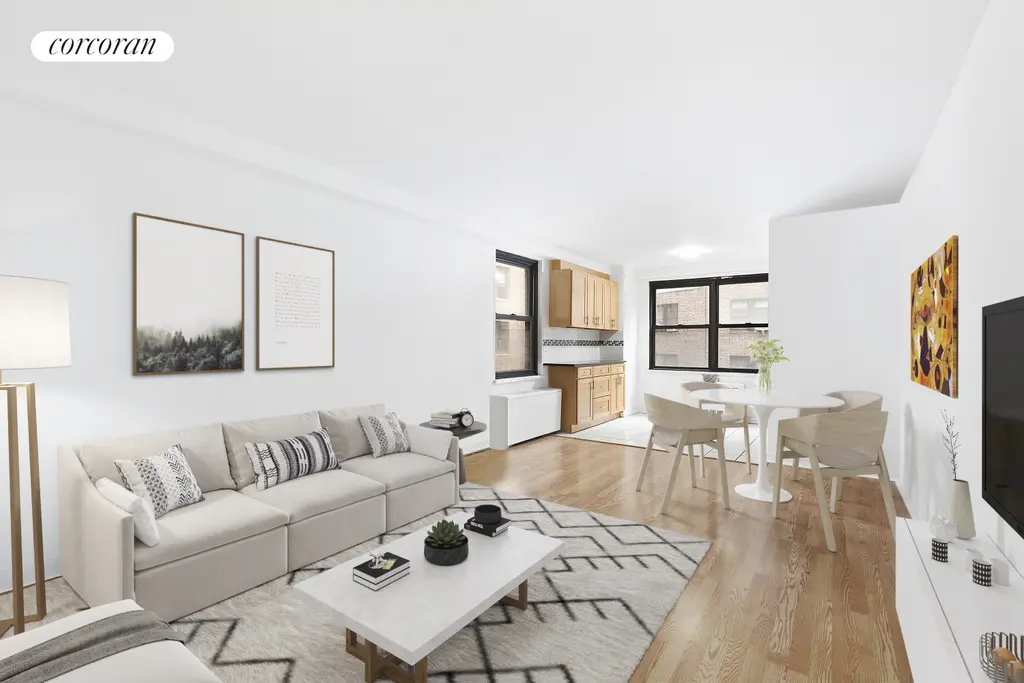
The Hamilton, #9X (Corcoran Group)
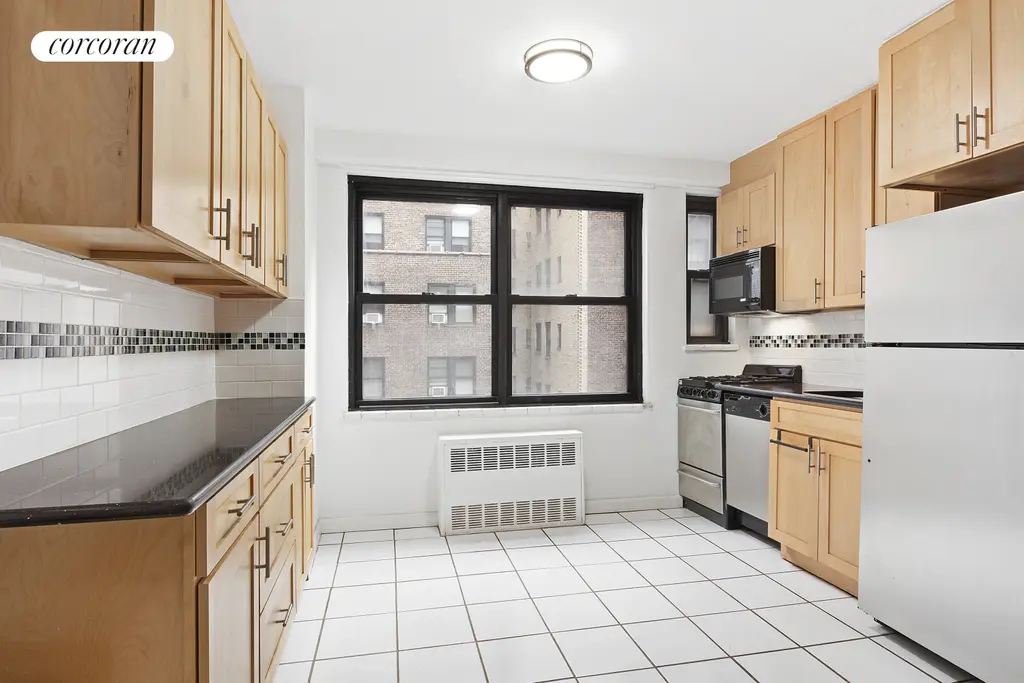
204 West 10th Street, #7
$549,000
West Village | Cooperative | 1 Bedroom, 1 Bath | 335 ft2
Monthly Fees: $853
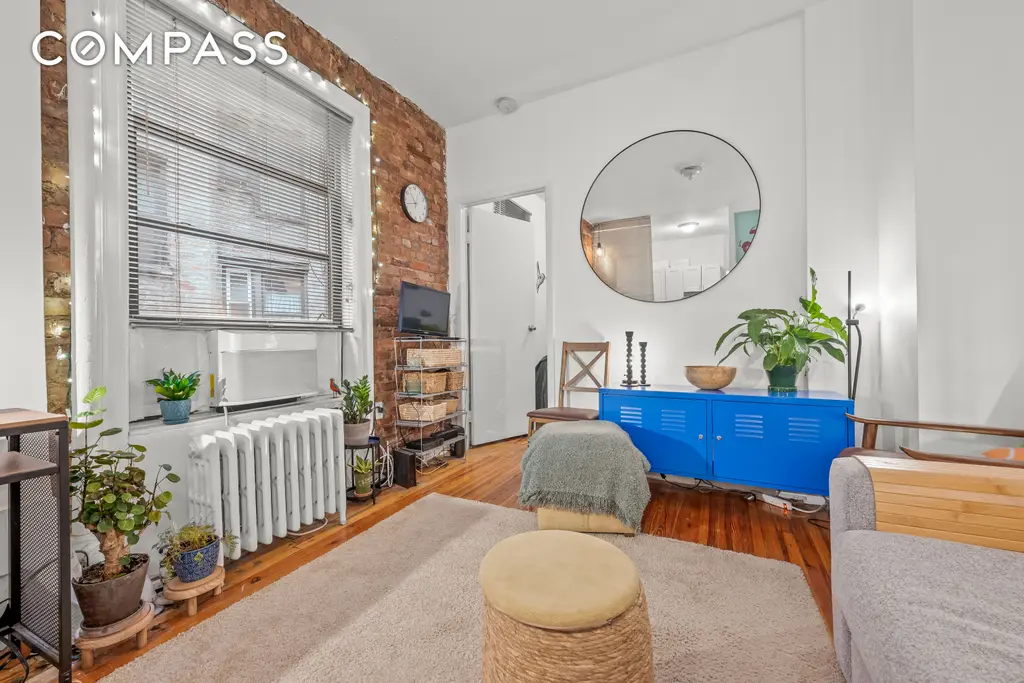
204 West 10th Street, #7 (Compass)
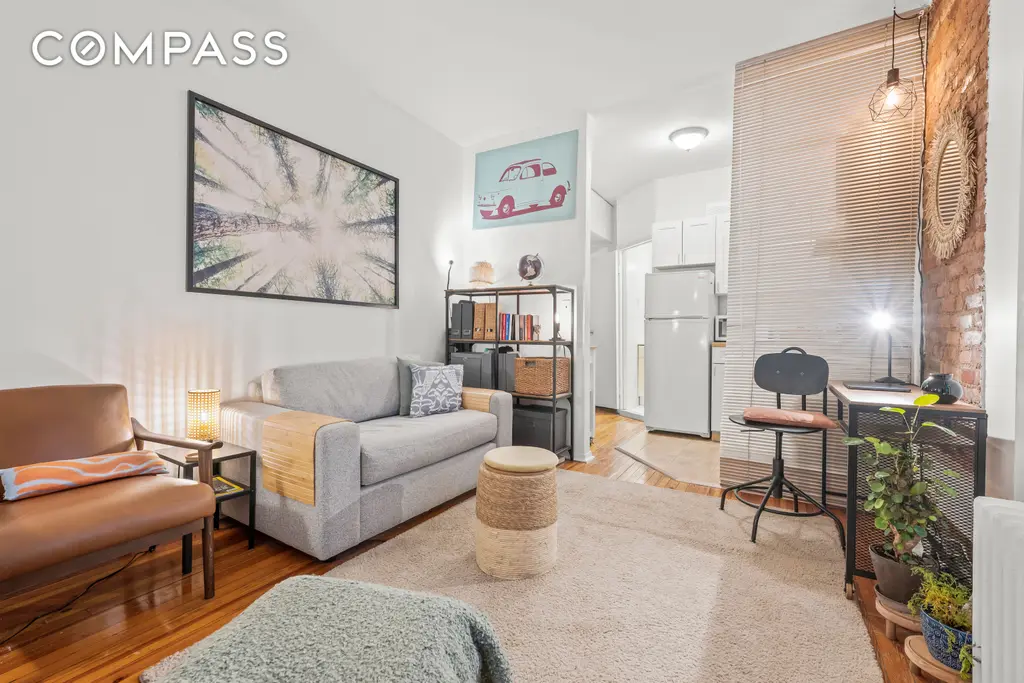
Sutton House, #1CB
$699,000
Beekman/Sutton Place | Cooperative | 2 Bedrooms, 1 Bath | 1,035 ft2
Monthly Fees: $1,562
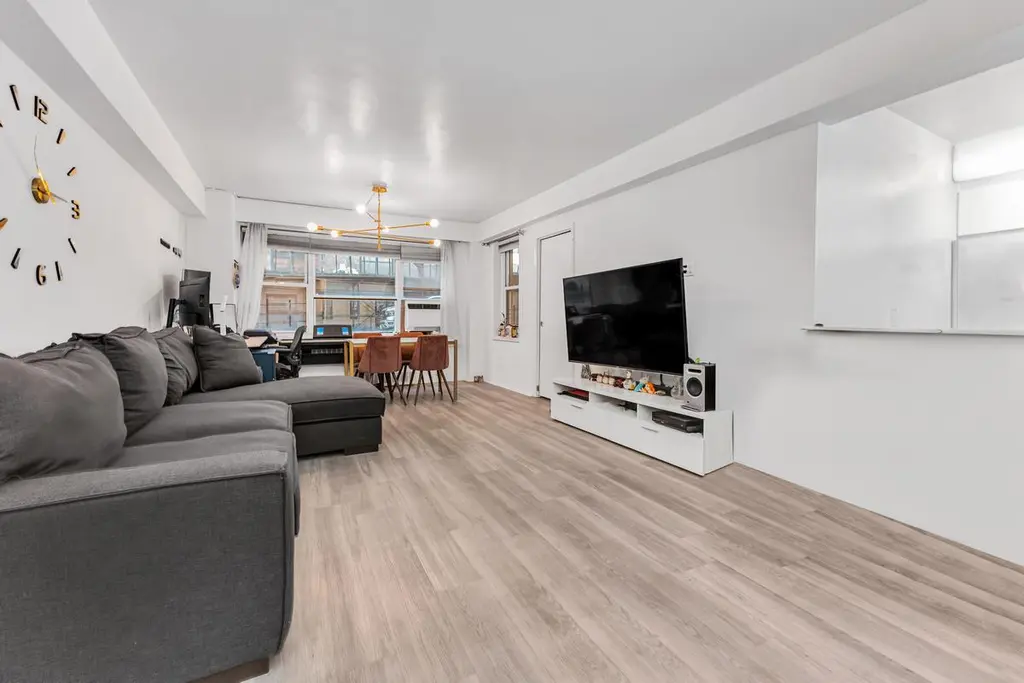
Sutton House, #1CB (Stephen P Wald Real Estate Associates Inc)
149 Prospect Park Southwest, #2
$699,000 (-3.6%)
Windsor Terrace | Cooperative | 2 Bedrooms, 1 Bath | 700 ft2
Monthly Fees: $534
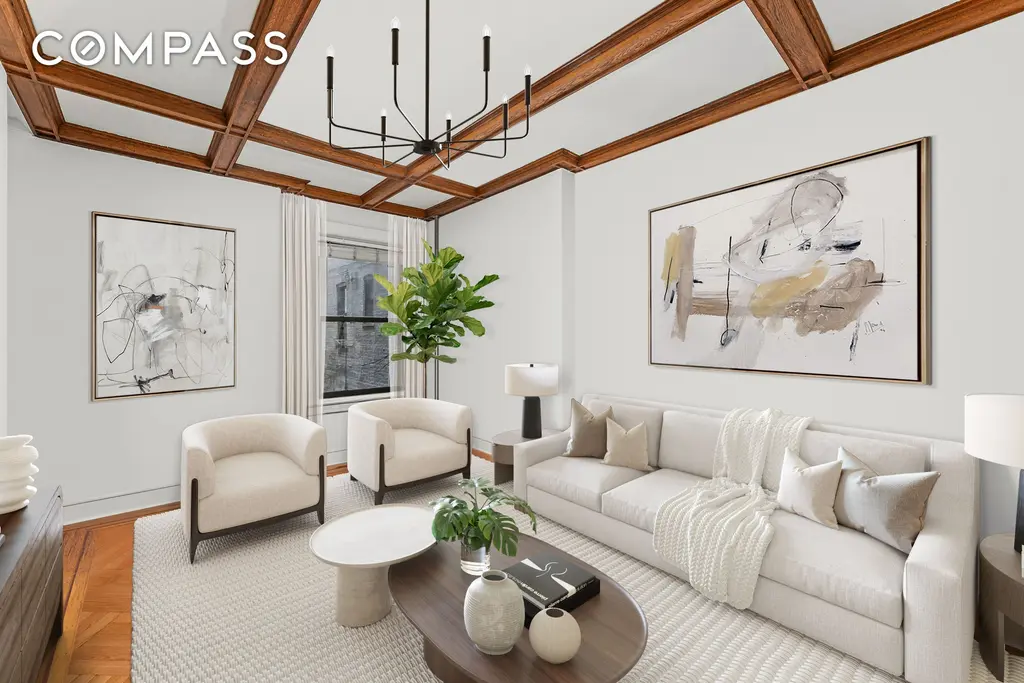
149 Prospect Park Southwest, #2 (Compass)
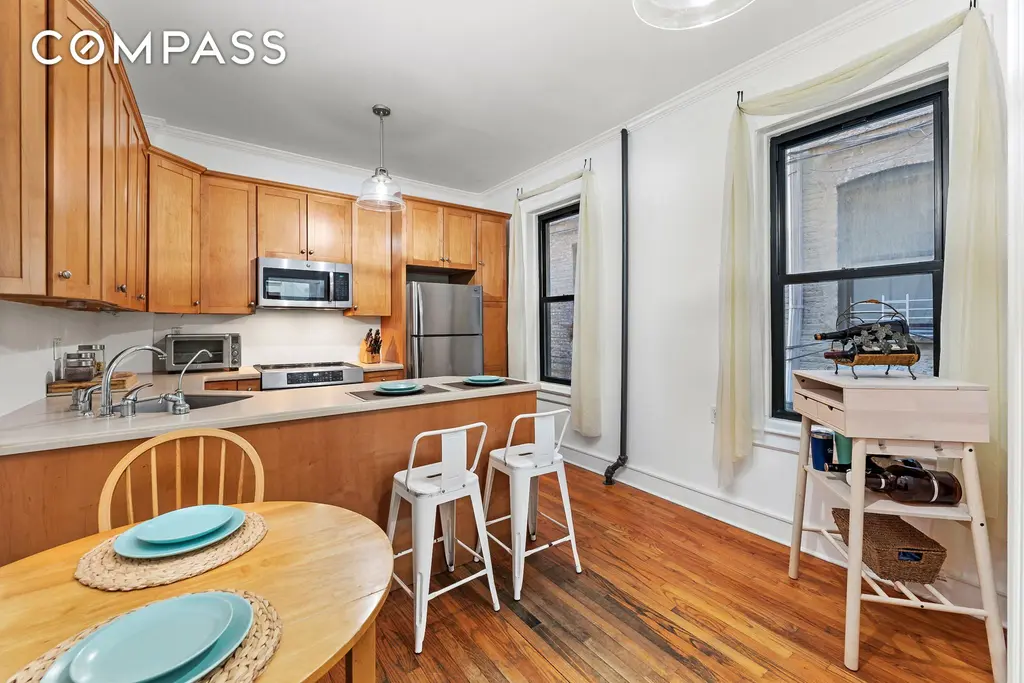
65 West 107th Street, #3A
$729,000
Broadway Corridor | Condominium | 2 Bedrooms, 1 Bath | 650 ft2
Monthly Fees: $1,394
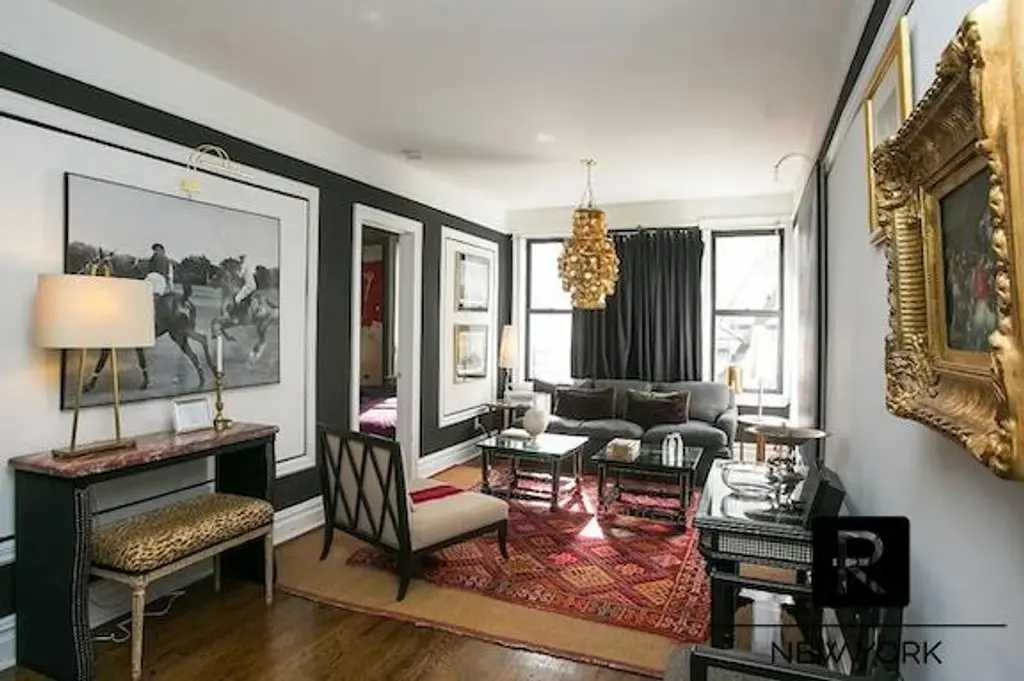
65 West 107th Street, #3A (R New York)
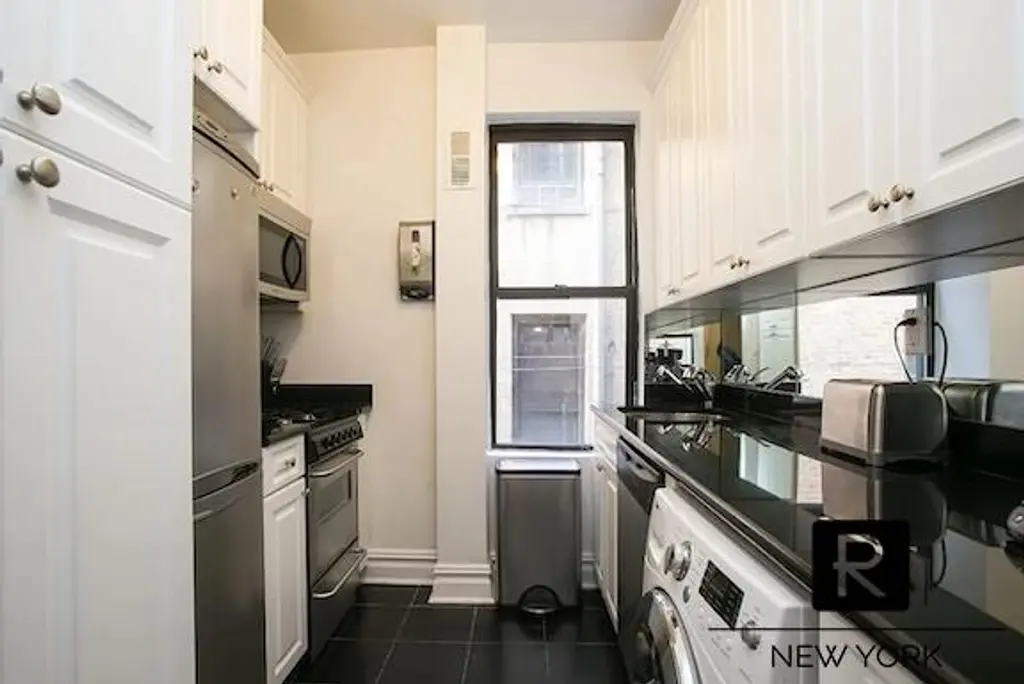
Riverwalk Place, #3D
$825,000
Roosevelt Island | Condominium | 1 Bedroom, 1 Bath | 700 ft2
Monthly Fees: $742
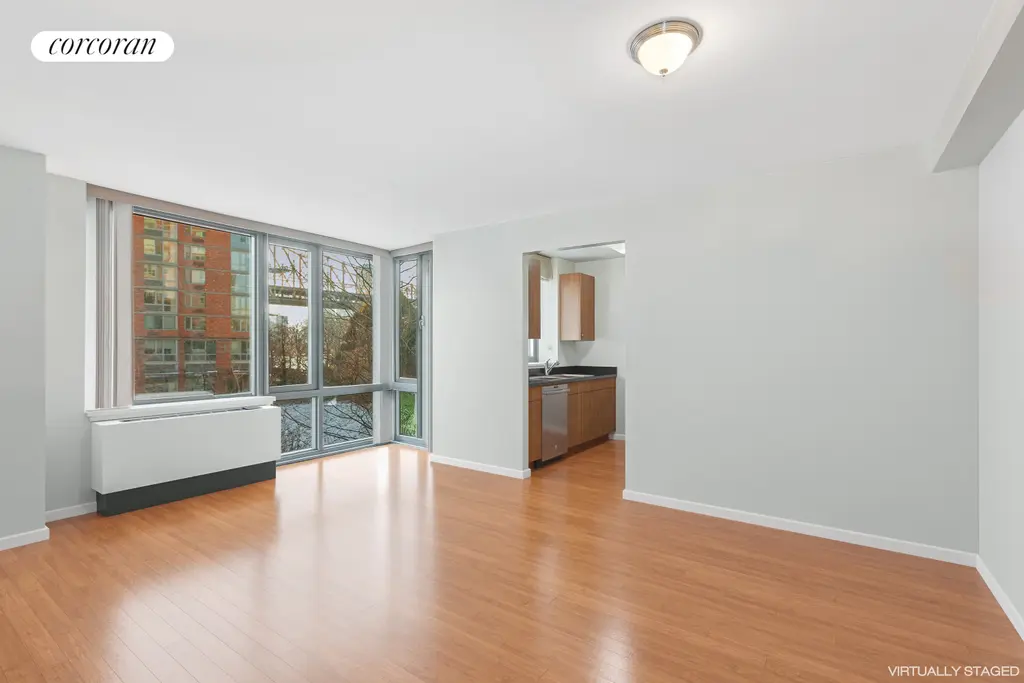
Riverwalk Place, #3D (Corcoran Group)

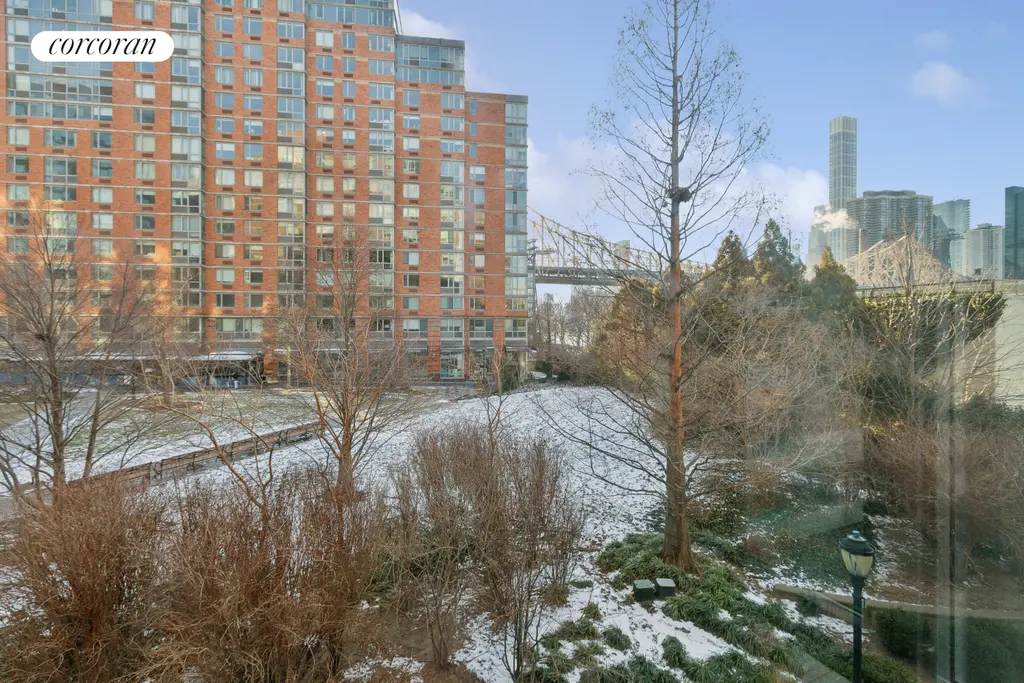
Would you like to tour any of these properties?
Just complete the info below.
Or call us at (212) 755-5544
East Winds, #30G
$899,000 (-5.4%)
Yorkville | Condominium | 1 Bedroom, 1 Bath | 706 ft2
Monthly Fees: $818
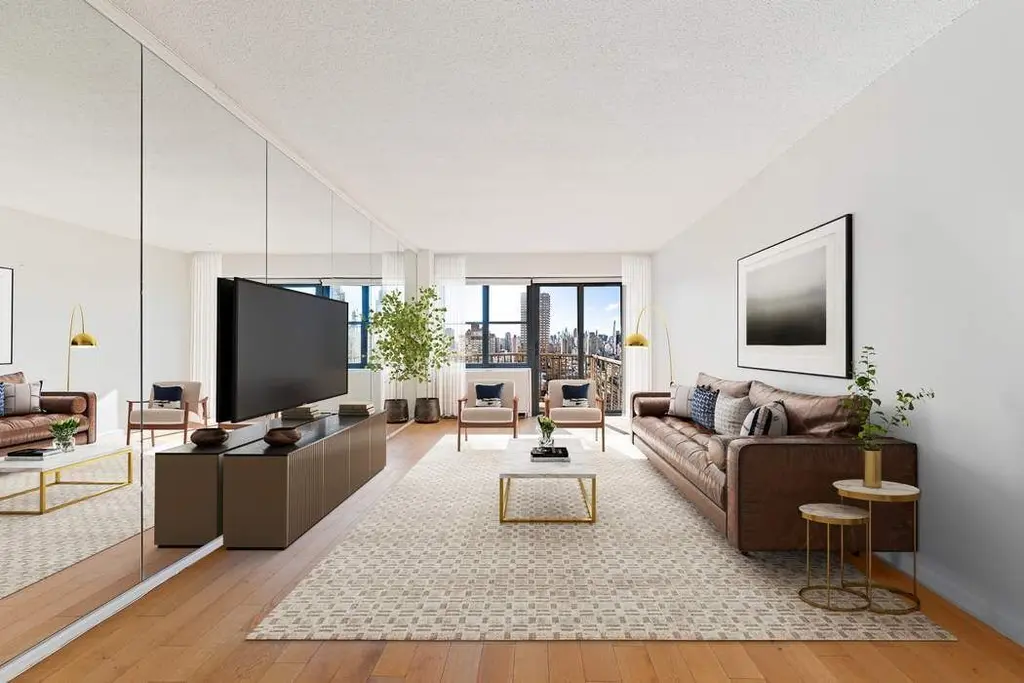
East Winds, #30G (Sothebys International Realty)

20 Plaza Street East, #C7
$949,000
Prospect Heights | Cooperative | 2 Bedrooms, 1 Bath | 1,200 ft2
Monthly Fees: $1,782

20 Plaza Street East, #C7 (Corcoran Group)

111 West 96th Street, #10
$985,000
Broadway Corridor | Cooperative | 3 Bedrooms, 1 Bath | 1,100 ft2
Monthly Fees: $1,373
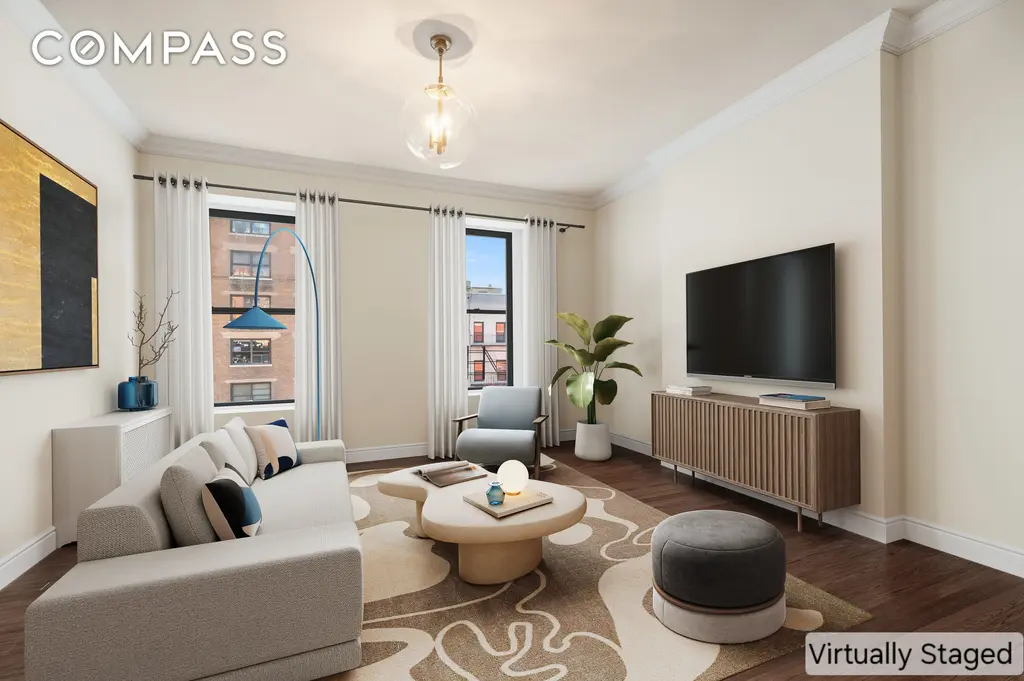
111 West 96th Street, #10 (Compass)
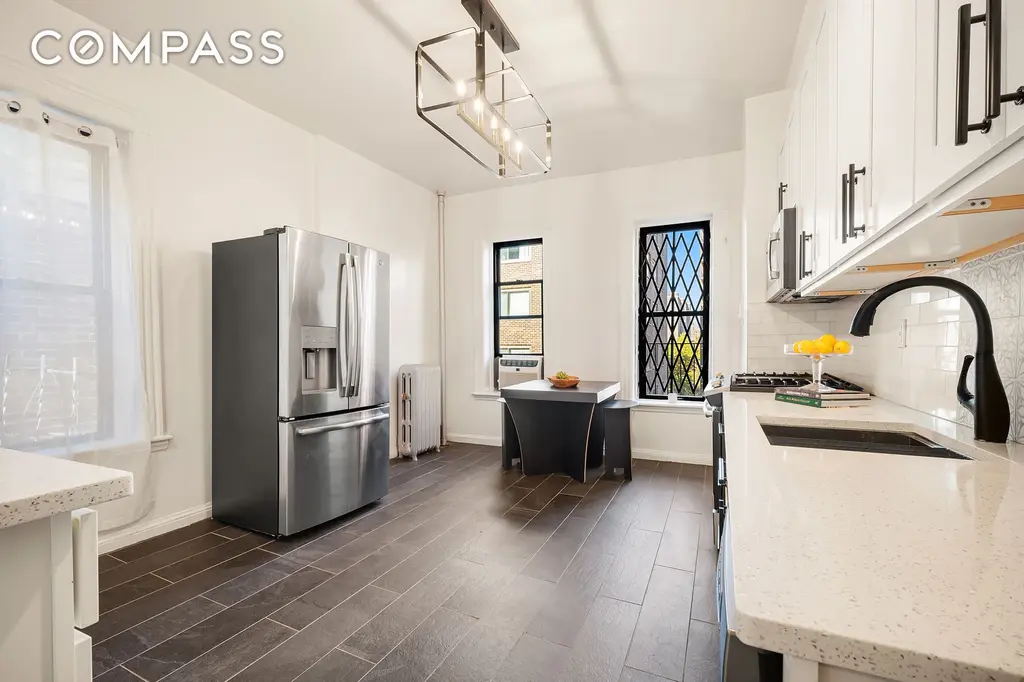
213 West 80th Street, #1W
$995,000
Broadway Corridor | Cooperative | 2 Bedrooms, 2 Baths | 900 ft2
Monthly Fees: $1,247
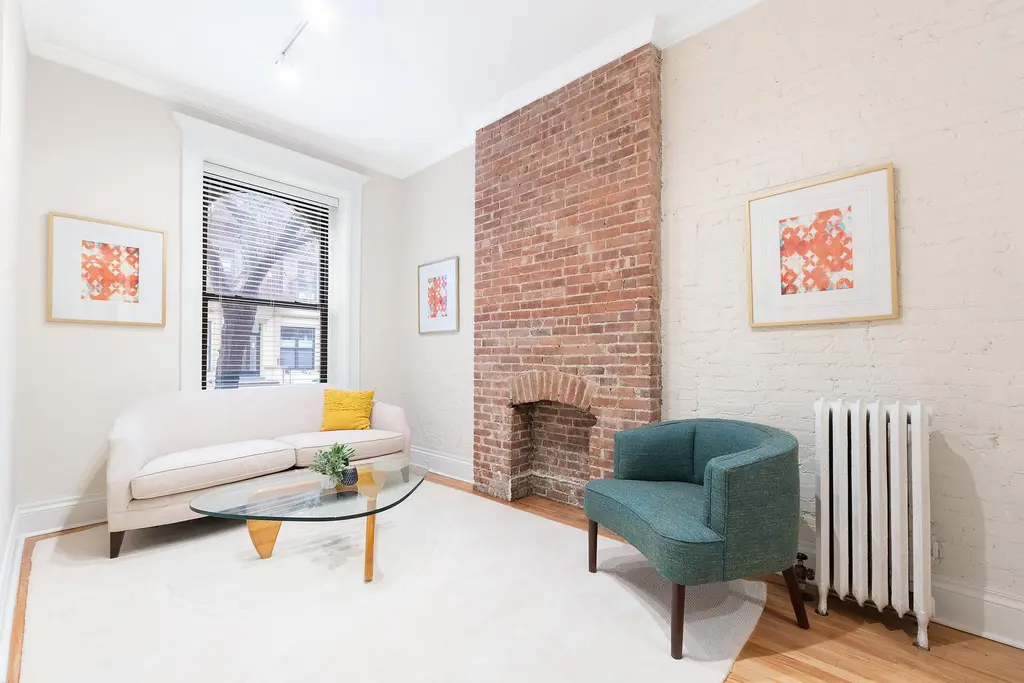
213 West 80th Street, #1W (Douglas Elliman Real Estate)
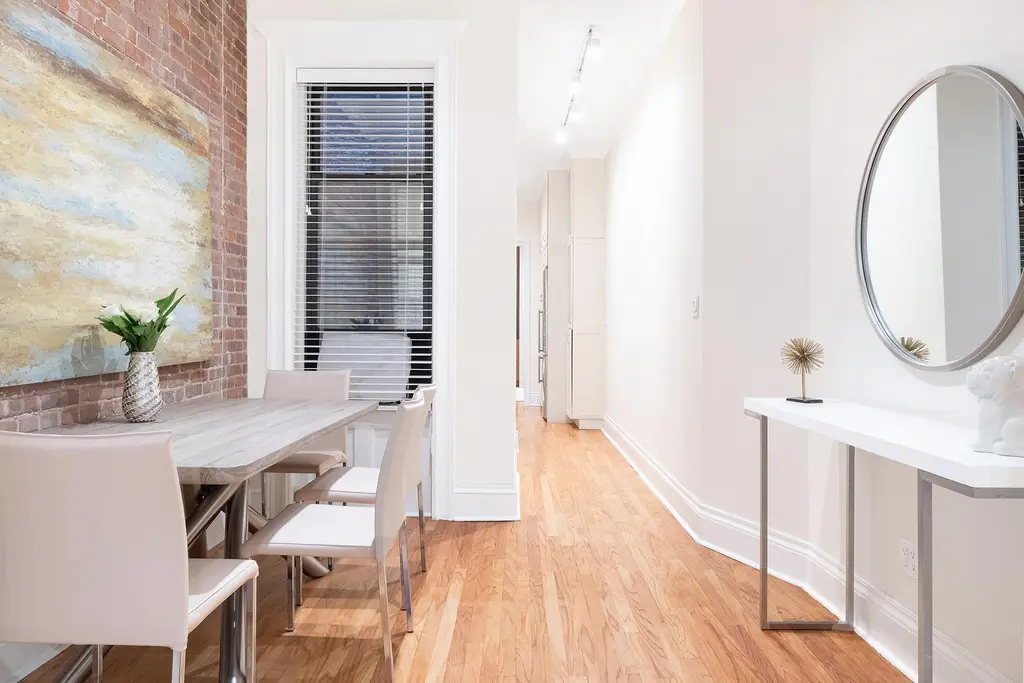
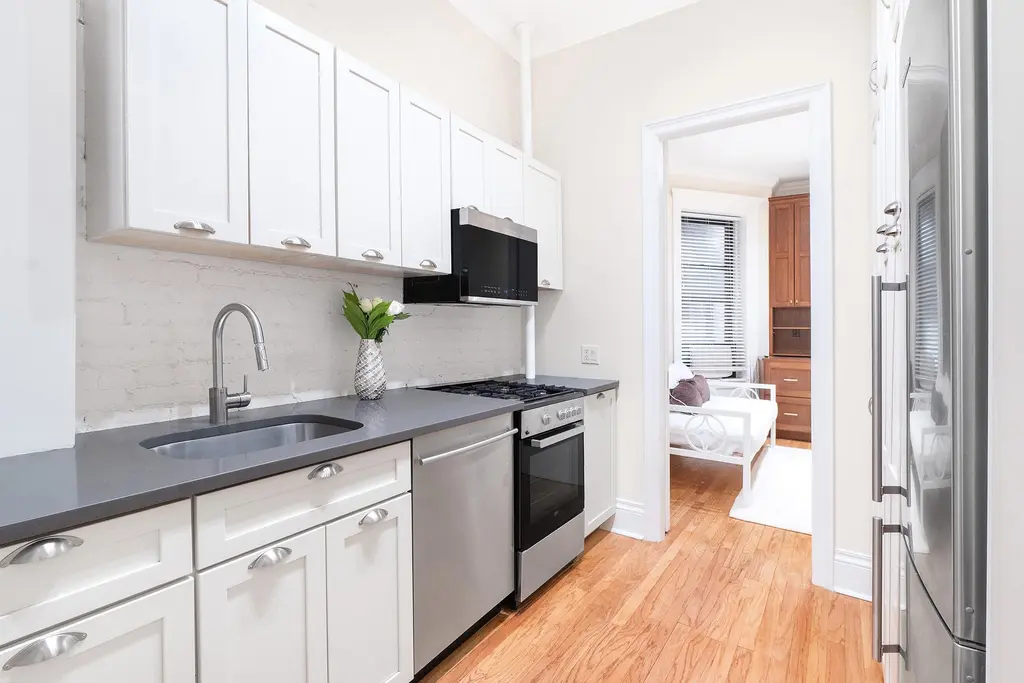
The Island House, #1002
$1,100,000
Roosevelt Island | Condop | 2 Bedrooms, 2 Baths | 1,053 ft2
Monthly Fees: $1,093
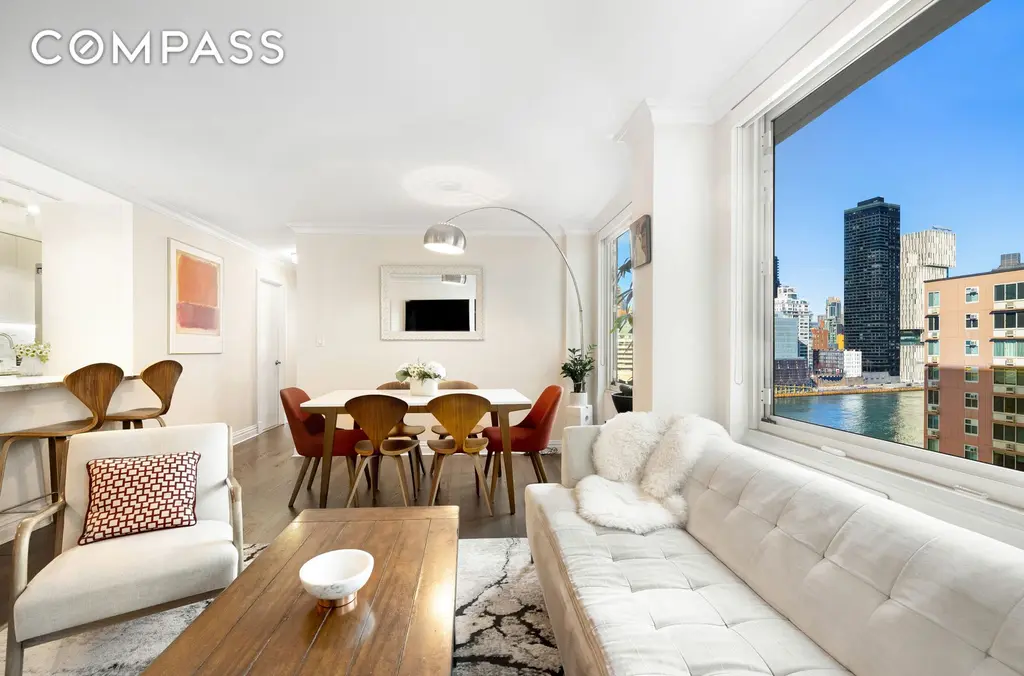
The Island House, #1002 (Compass)
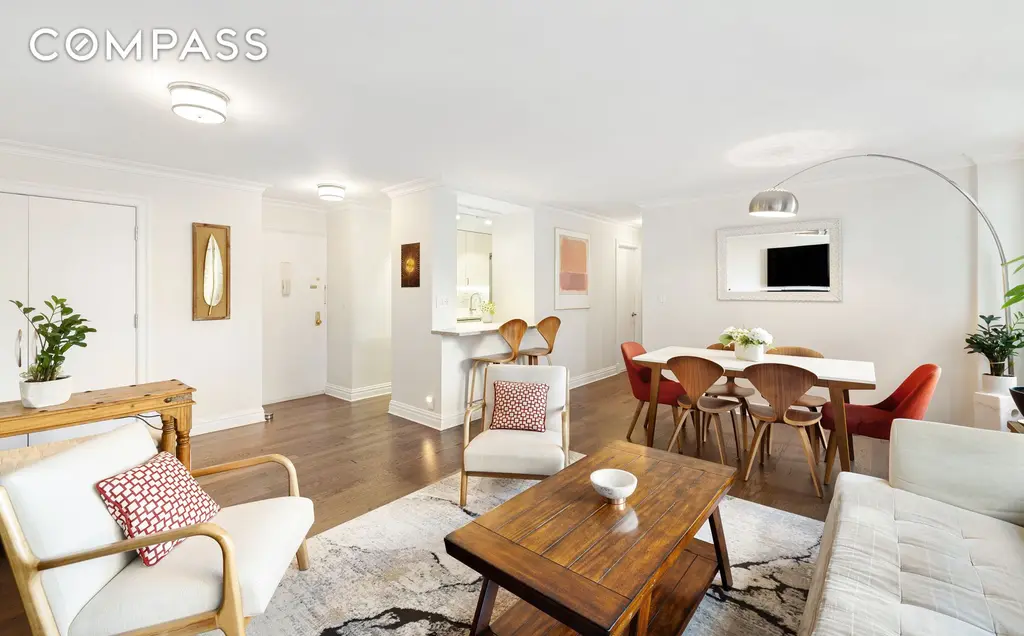
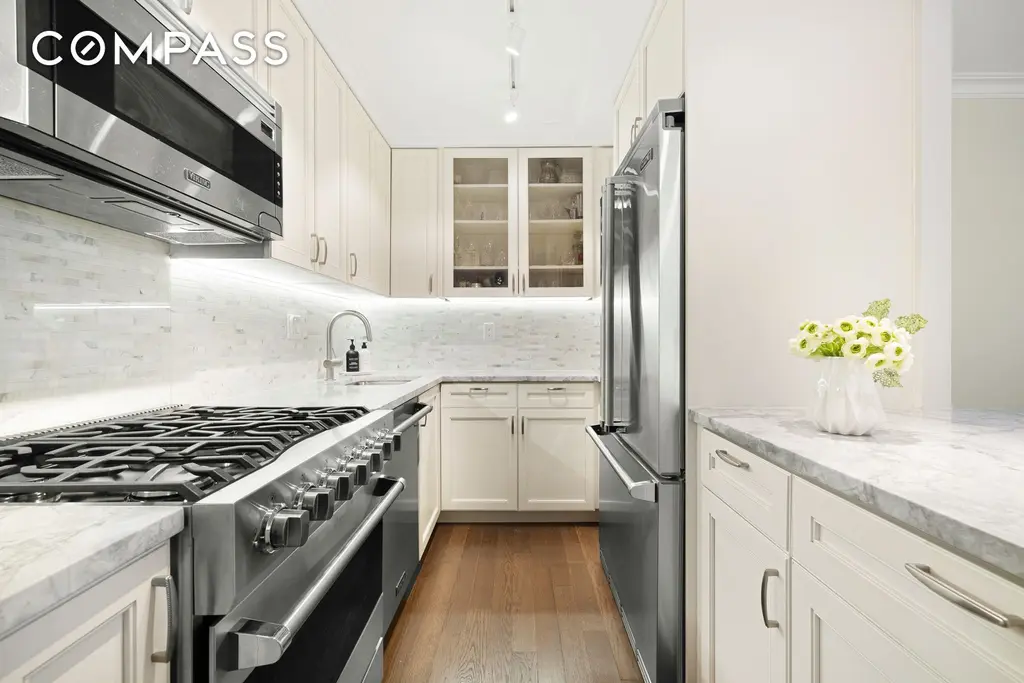
305 West 18th Street, #6C
$1,125,000
Chelsea | Condominium | 2 Bedrooms, 1 Bath | 750 ft2
Monthly Fees: $1,568
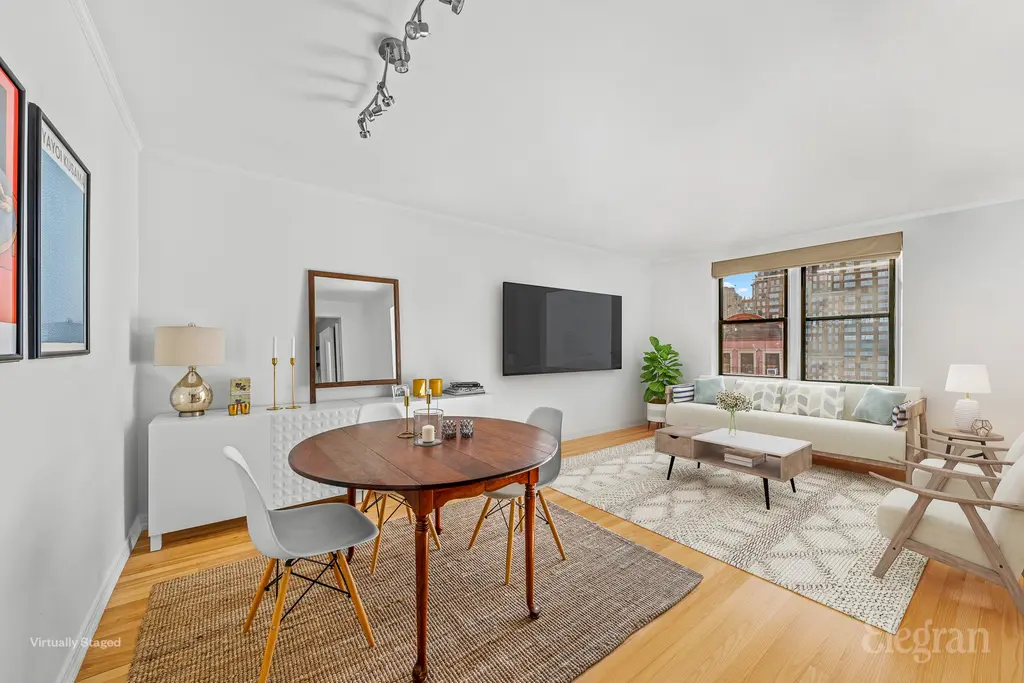
305 West 18th Street, #6C (Elegran LLC)
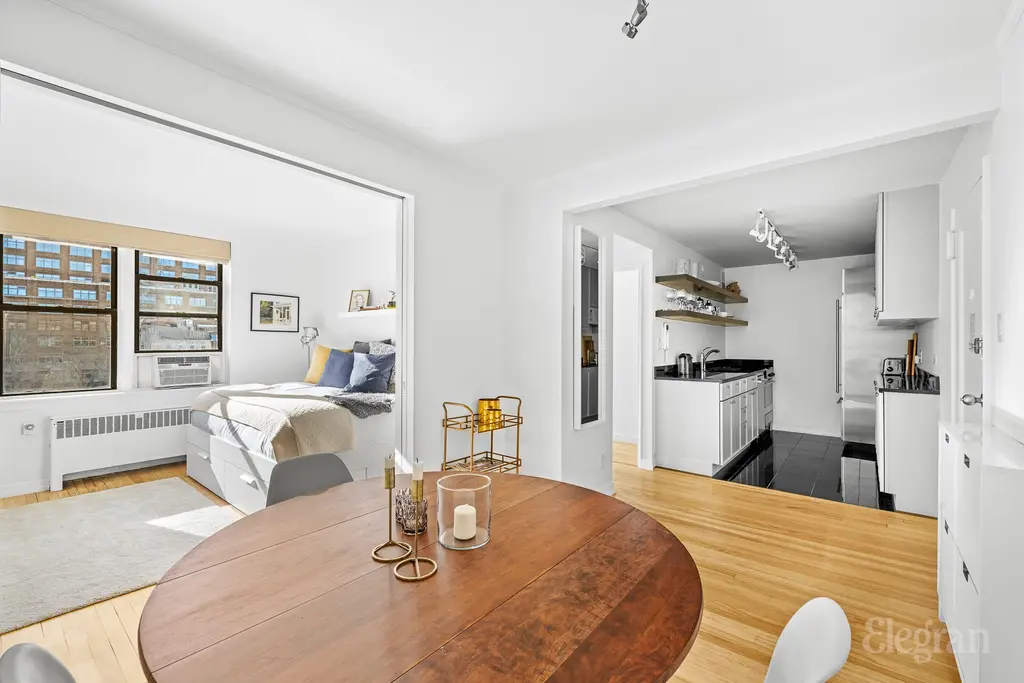
The Cranmoor, #5C
$1,195,000
Broadway Corridor | Cooperative | 2 Bedrooms, 1 Bath | 1,200 ft2
Monthly Fees: $855
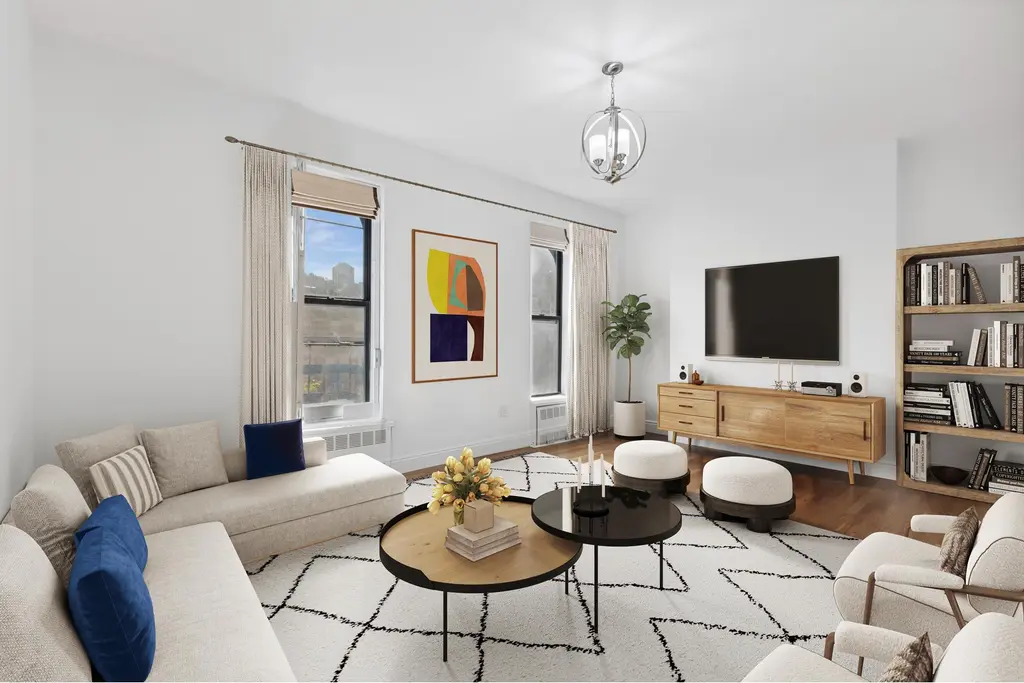
The Cranmoor, #5C (Douglas Elliman Real Estate)
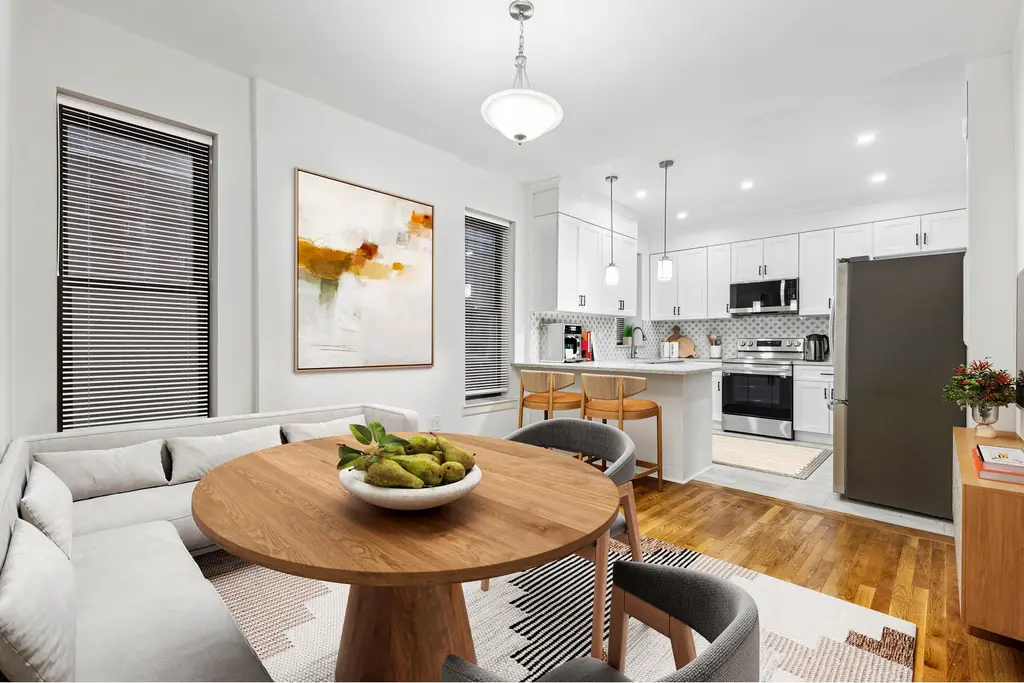
West Village Houses, #4B
$1,200,000
West Village | Cooperative | 2 Bedrooms, 1 Bath | 900 ft2
Monthly Fees: $1,483
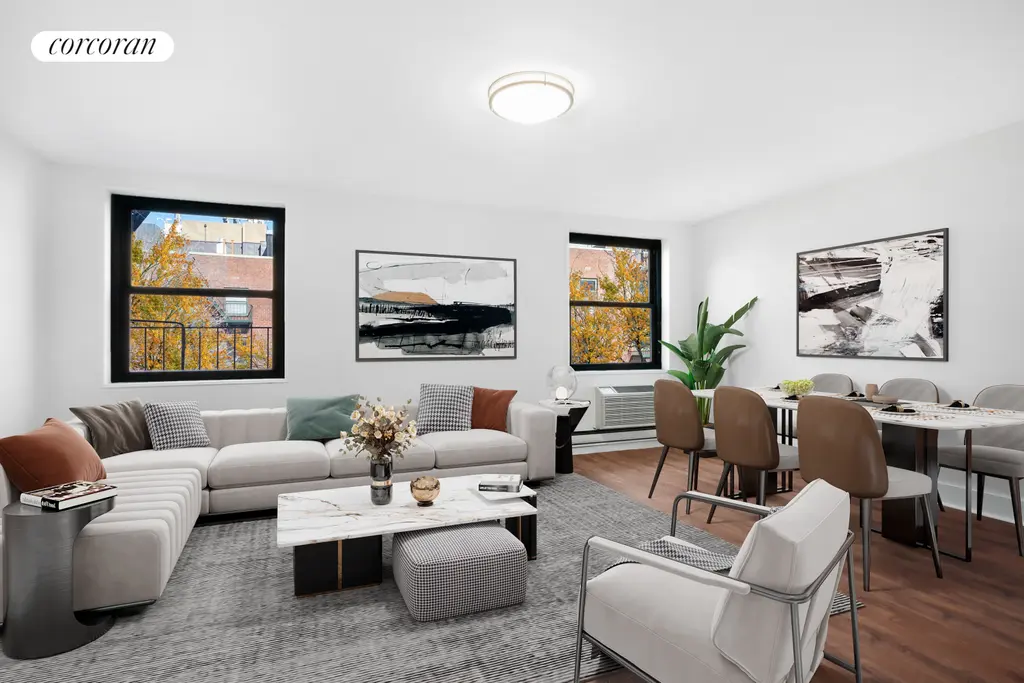
West Village Houses, #4B (Corcoran Group)
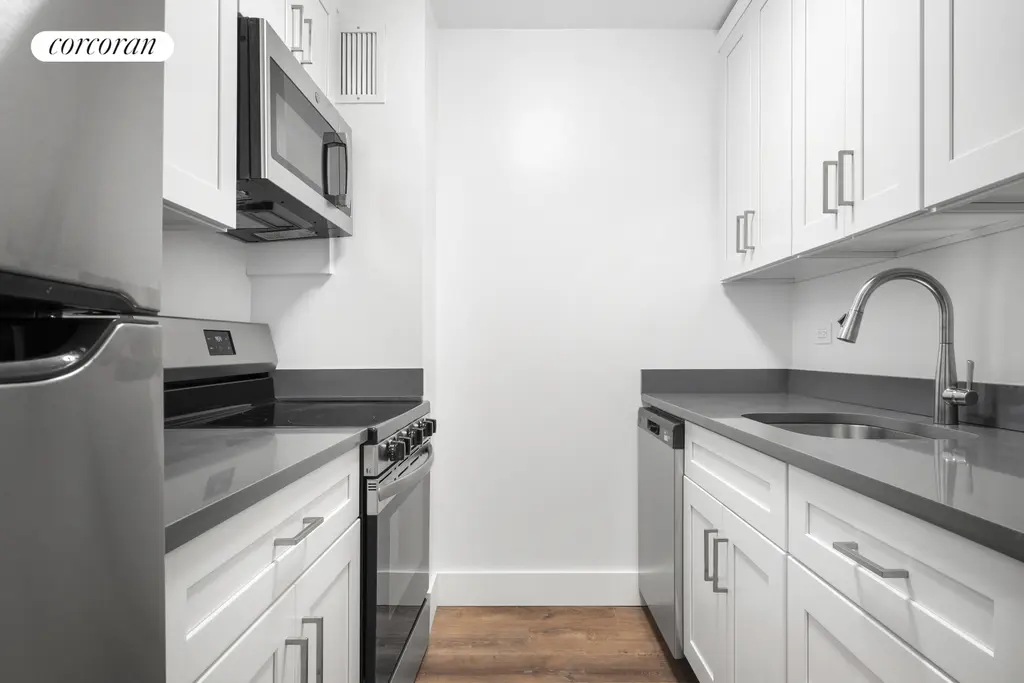
One Manhattan Square, #8J
$1,230,000
Lower East Side | Condominium | 1 Bedroom, 1 Bath | 696 ft2
Monthly Fees: $758
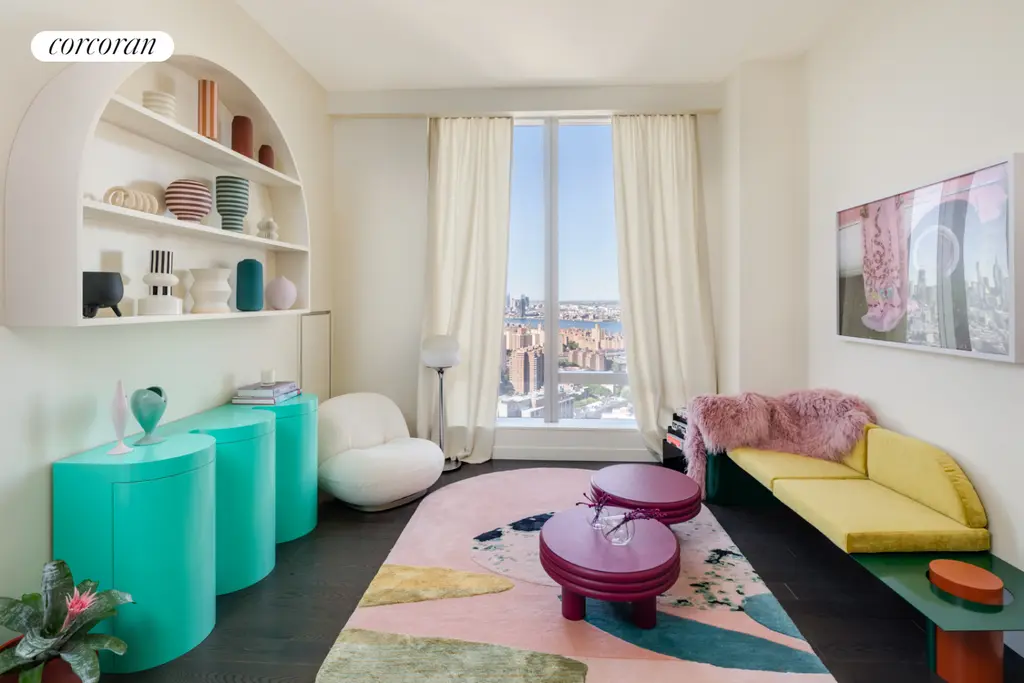
One Manhattan Square, #8J (Corcoran Sunshine Marketing Group)
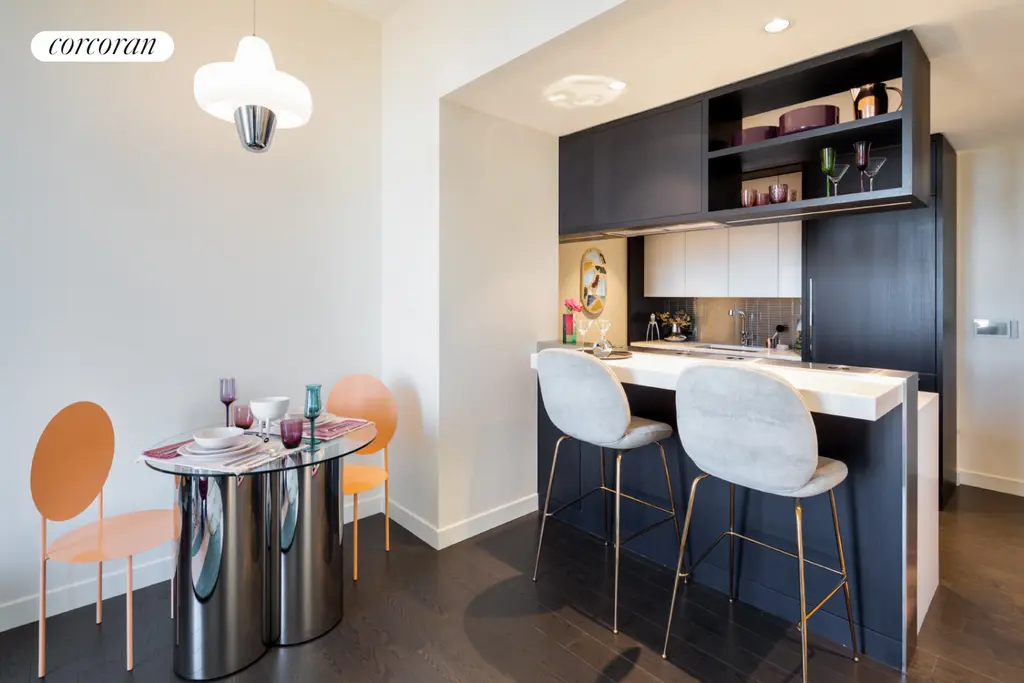
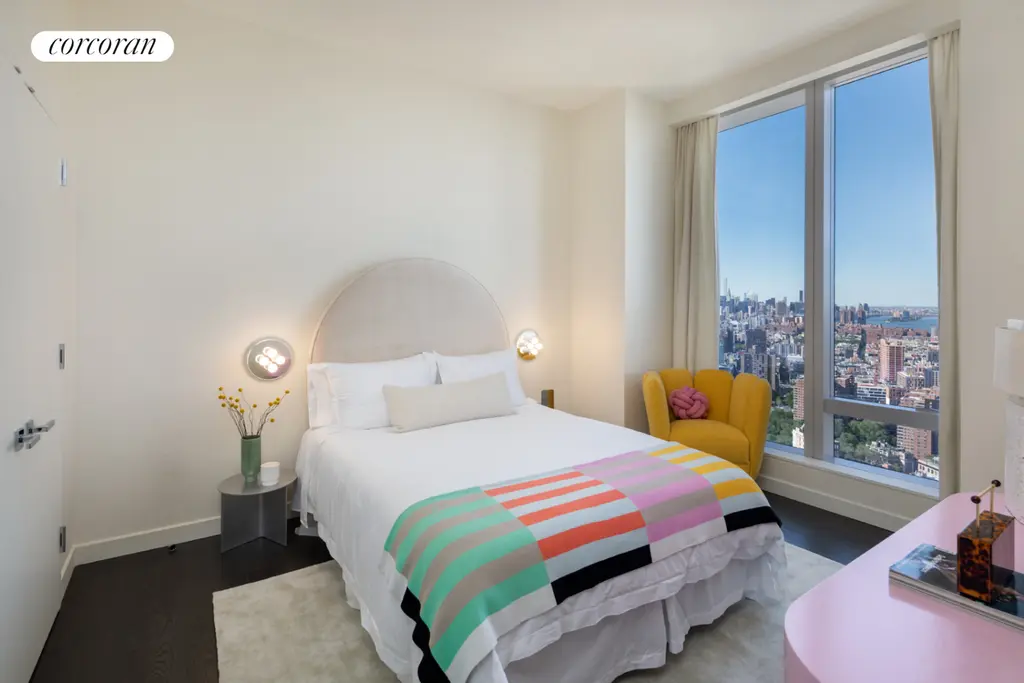
The Corinthian, #52I
$1,299,999
Murray Hill | Condominium | 2 Bedrooms, 1 Bath | 800 ft2
Monthly Fees: $1,535
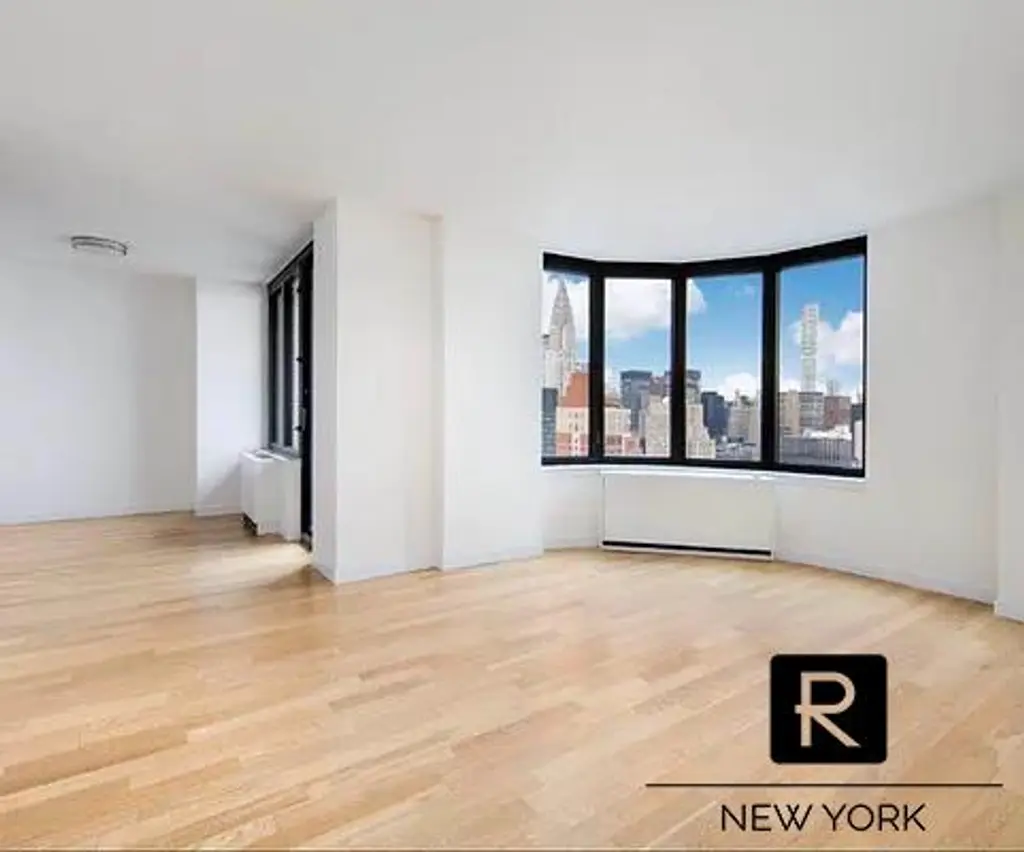
The Corinthian, #52I (R New York)
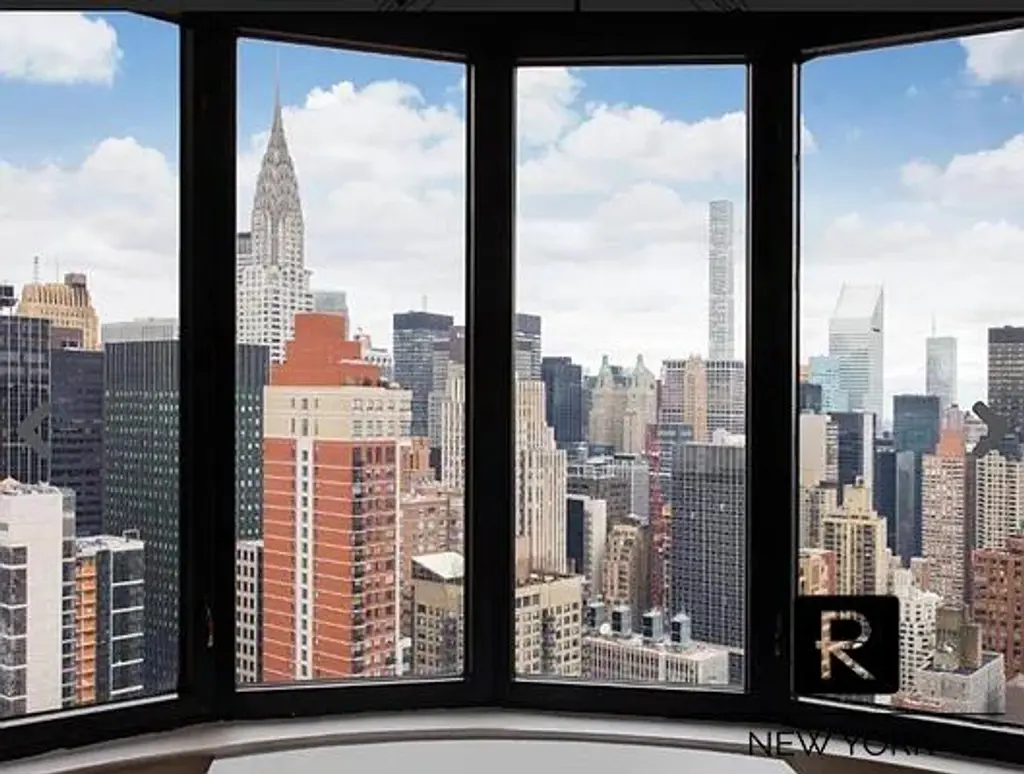
65 Eckford Street, #4F
$1,325,000
Greenpoint | Condominium | 2 Bedrooms, 2 Baths | 808 ft2
Monthly Fees: $415
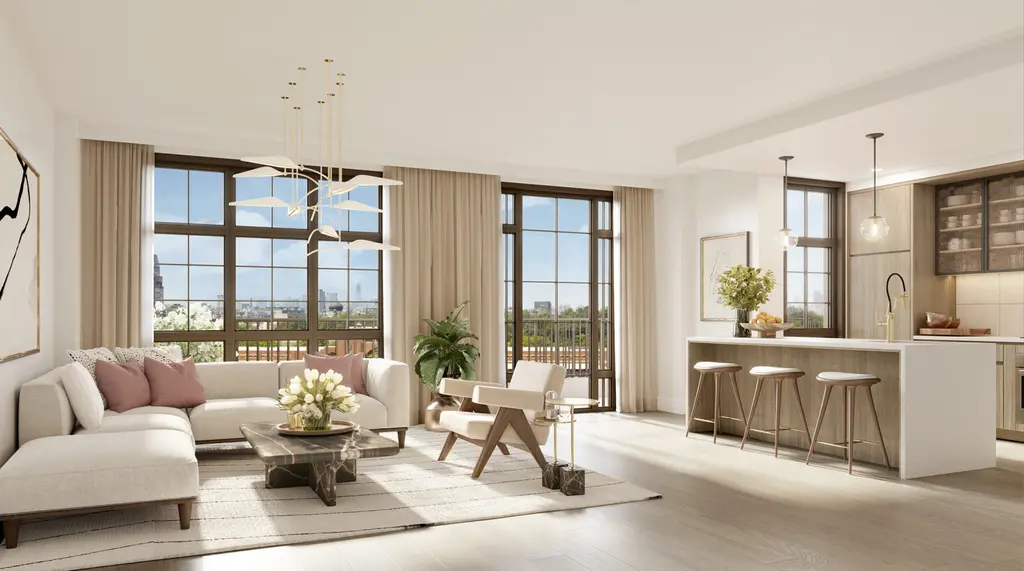
65 Eckford Street, #4F (Serhant)

LightSquare, #304
$1,489,000
Midtown West | Condominium | 2 Bedrooms, 2 Baths | 880 ft2
Monthly Fees: $1,321

LightSquare, #304 (Corcoran Group)

170 East 90th Street, #1W
$1,495,000 (-10.7%)
Carnegie Hill | Cooperative | 2 Bedrooms, 2 Baths | 1,000 ft2
Monthly Fees: $1,531
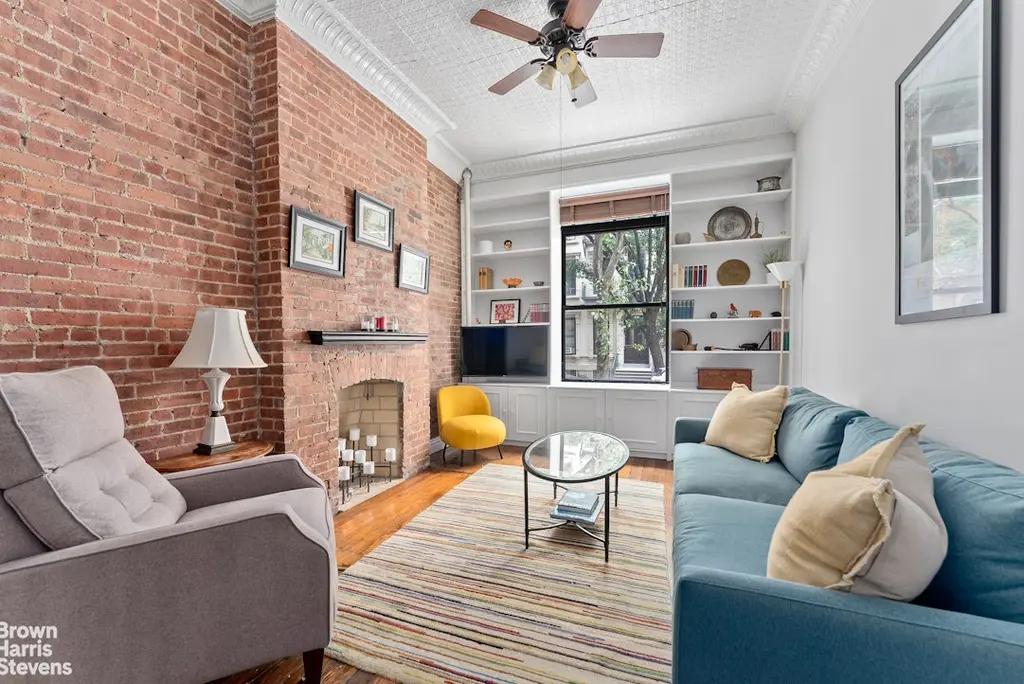
170 East 90th Street, #1W (Brown Harris Stevens Residential Sales LLC)
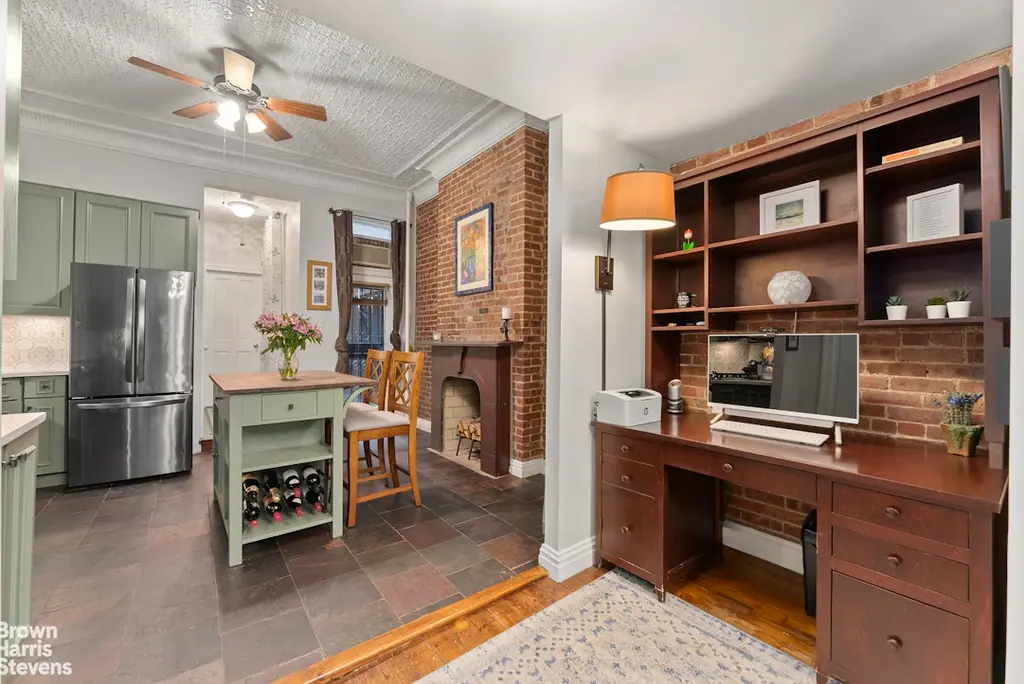
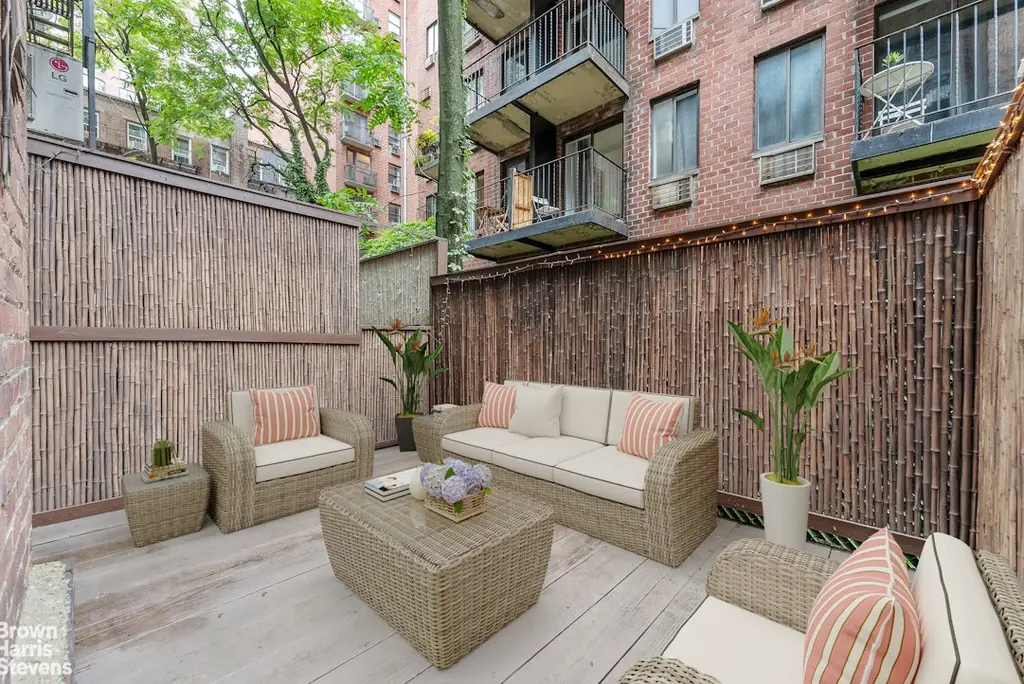
224 Richardson Street, #3B
$1,599,000
Williamsburg | Condominium | 2 Bedrooms, 1.5 Baths | 922 ft2
Monthly Fees: $398
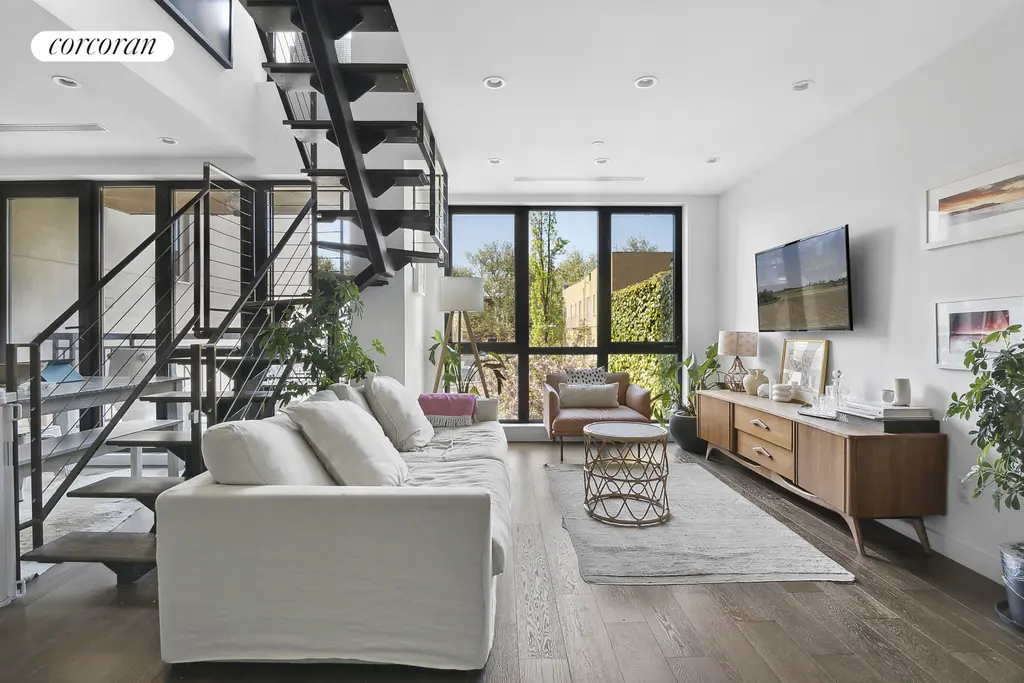
224 Richardson Street, #3B (Corcoran Group)
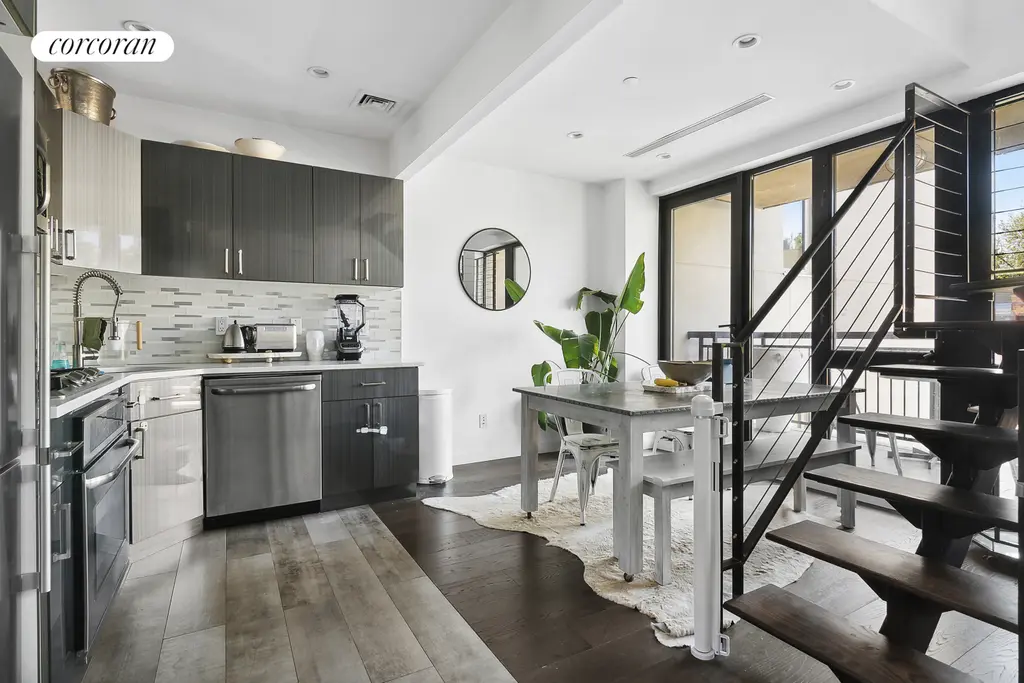
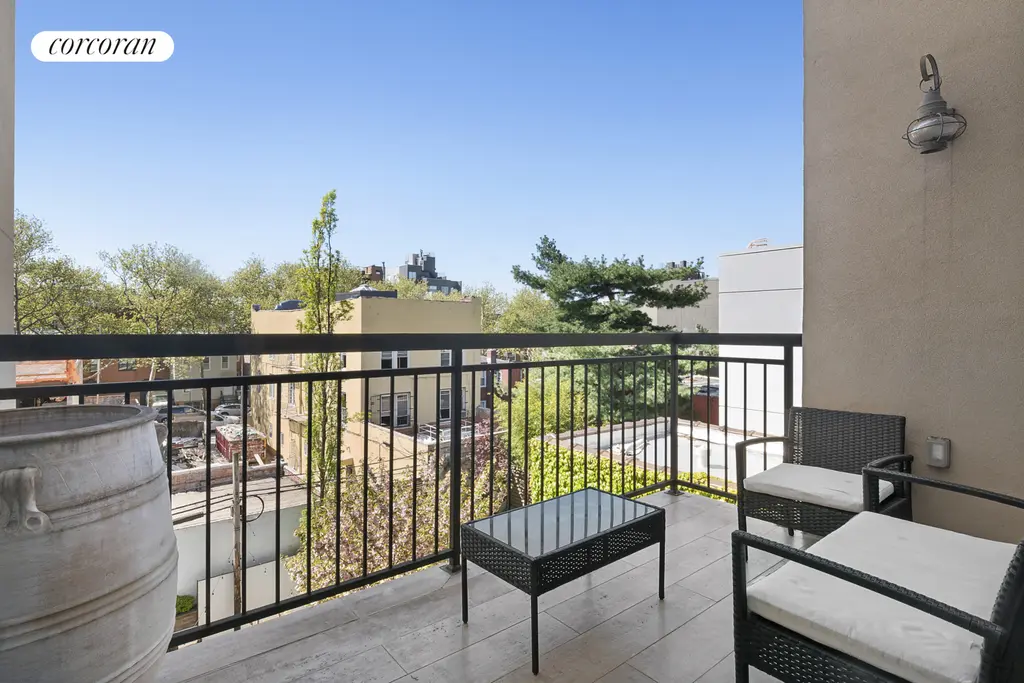
The Corona, #33
$1,650,000
Riverside Dr./West End Ave. | Condominium | 3 Bedrooms, 2 Baths | 1,162 ft2
Monthly Fees: $1,589
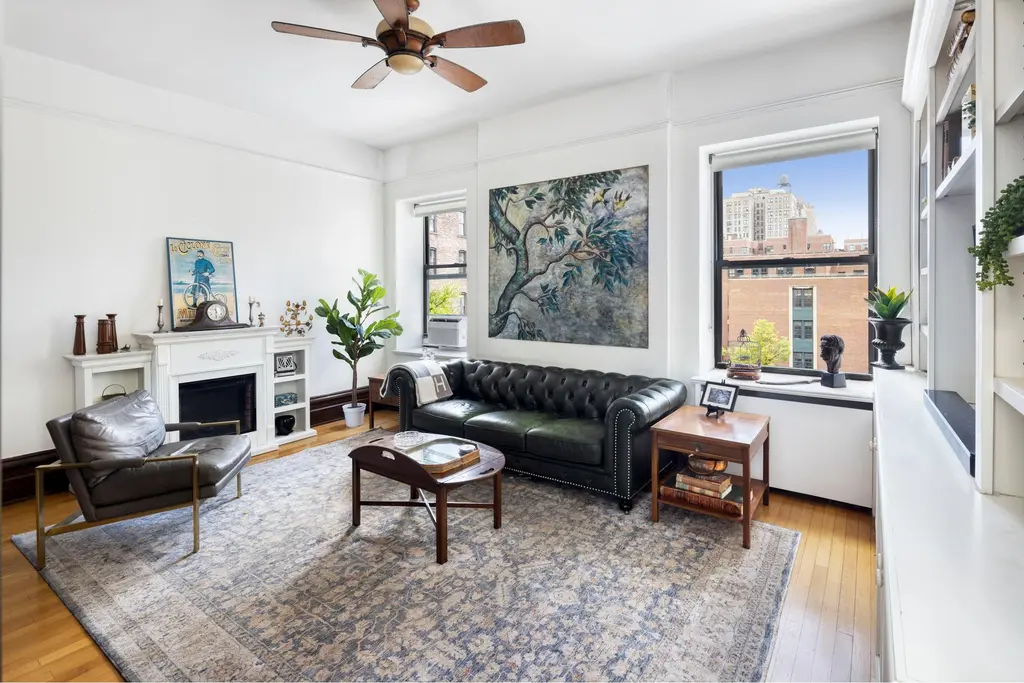
The Corona, #33 (Douglas Elliman Real Estate)
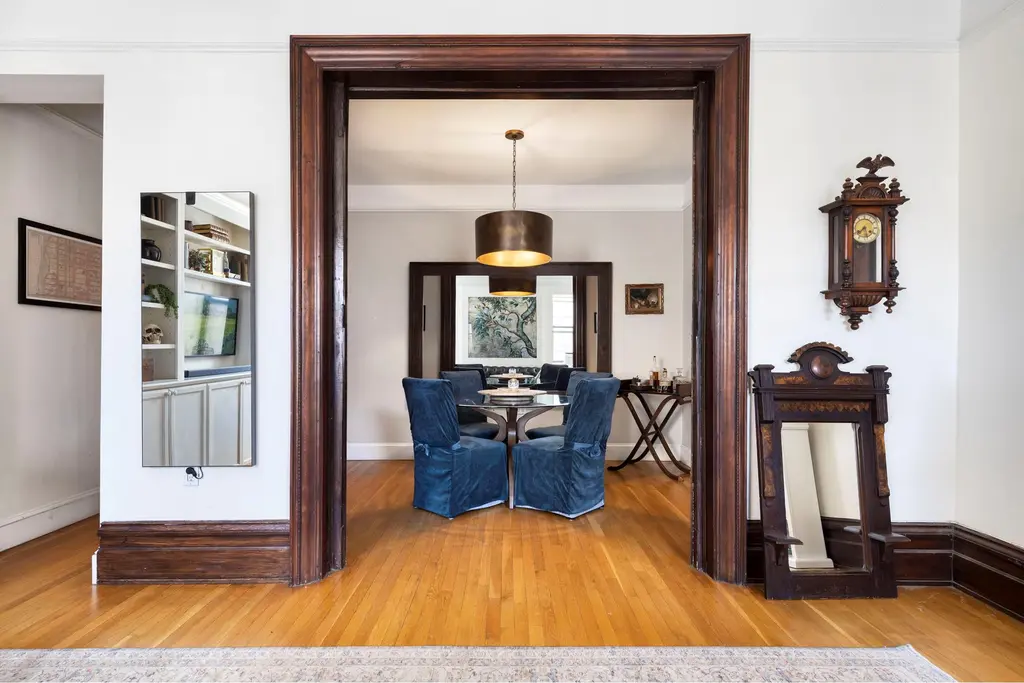
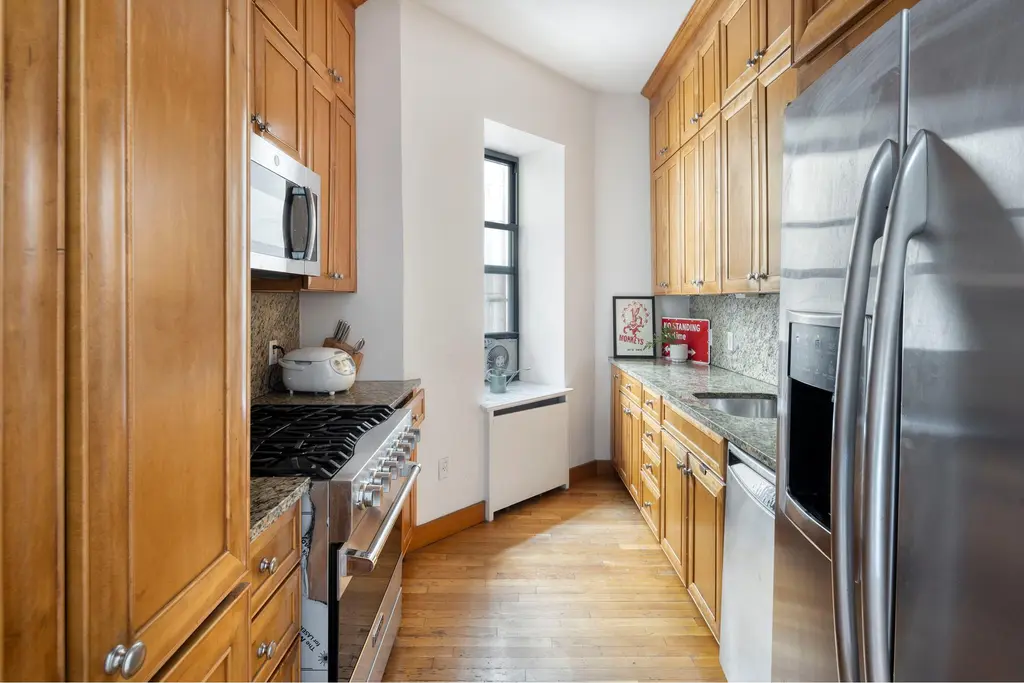
183 Java Street, #4
$2,195,000 (-.2%)
Greenpoint | Condominium | 3 Bedrooms, 2 Baths | 1,268 ft2
Monthly Fees: $708
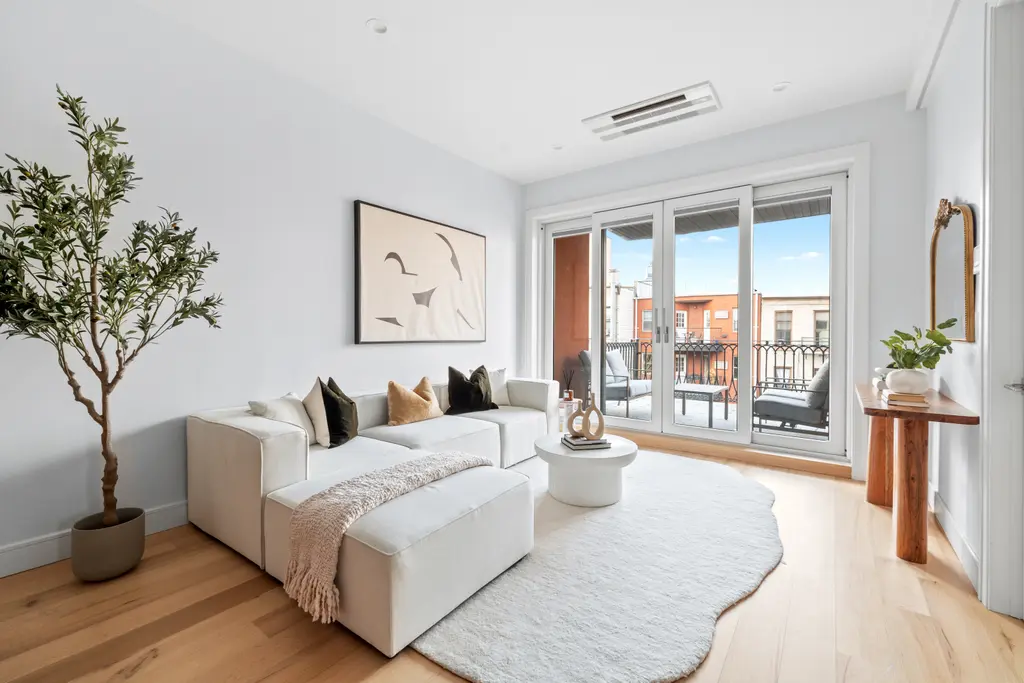
183 Java Street, #4 (Serhant)
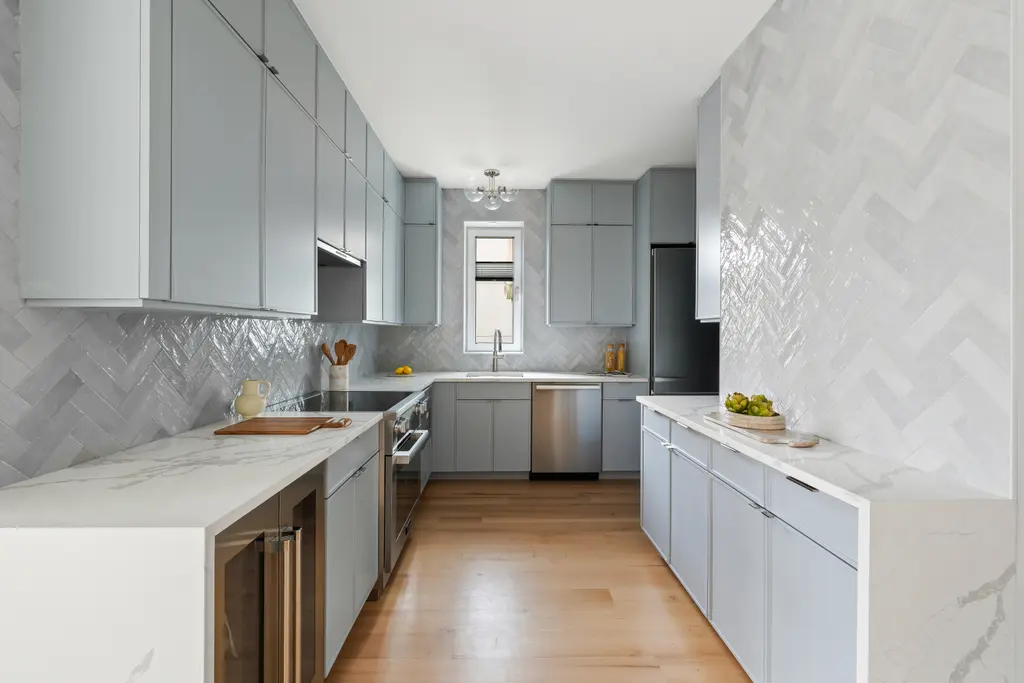
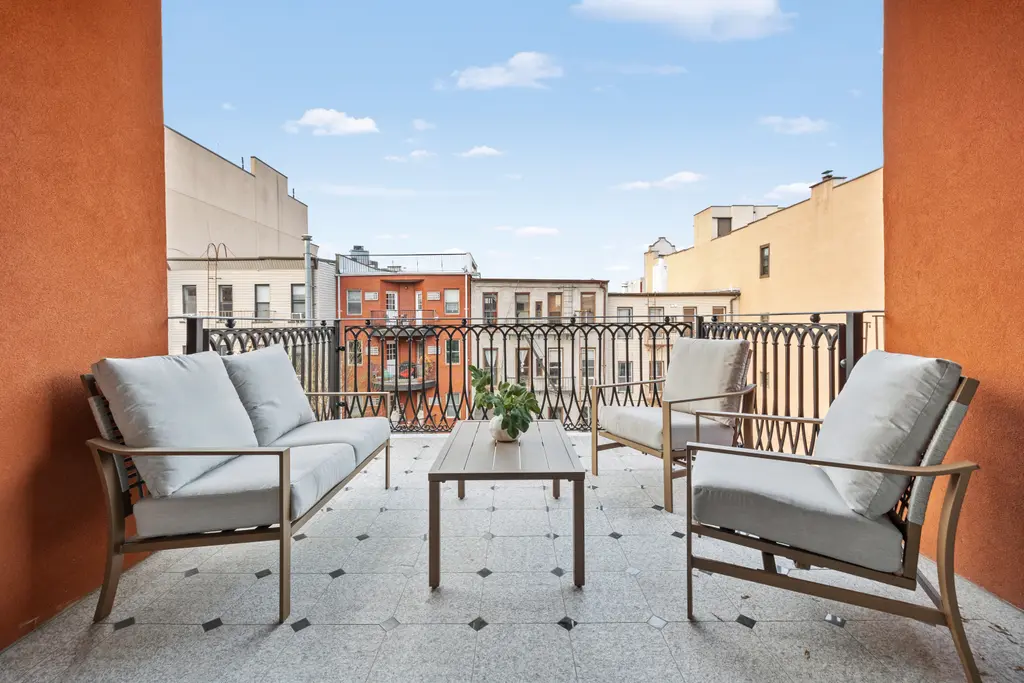
325 Lafayette Street, #5
$4,895,000
NoHo | Cooperative | 2 Bedrooms, 2.5 Baths | 2,000 ft2
Monthly Fees: $0
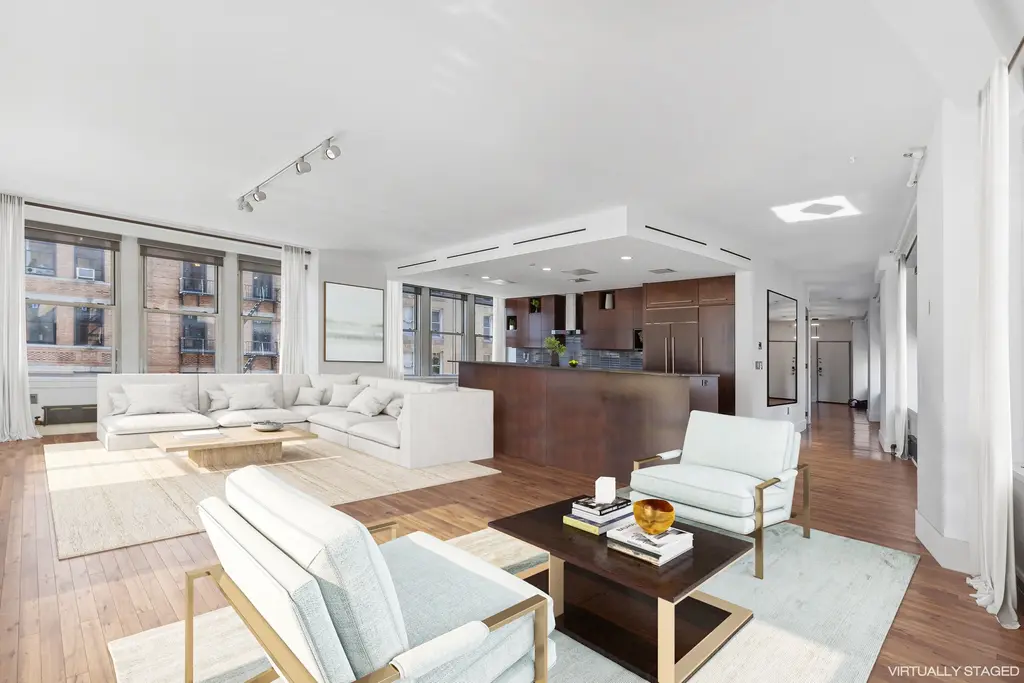
325 Lafayette Street, #5 (Nest Seekers LLC)

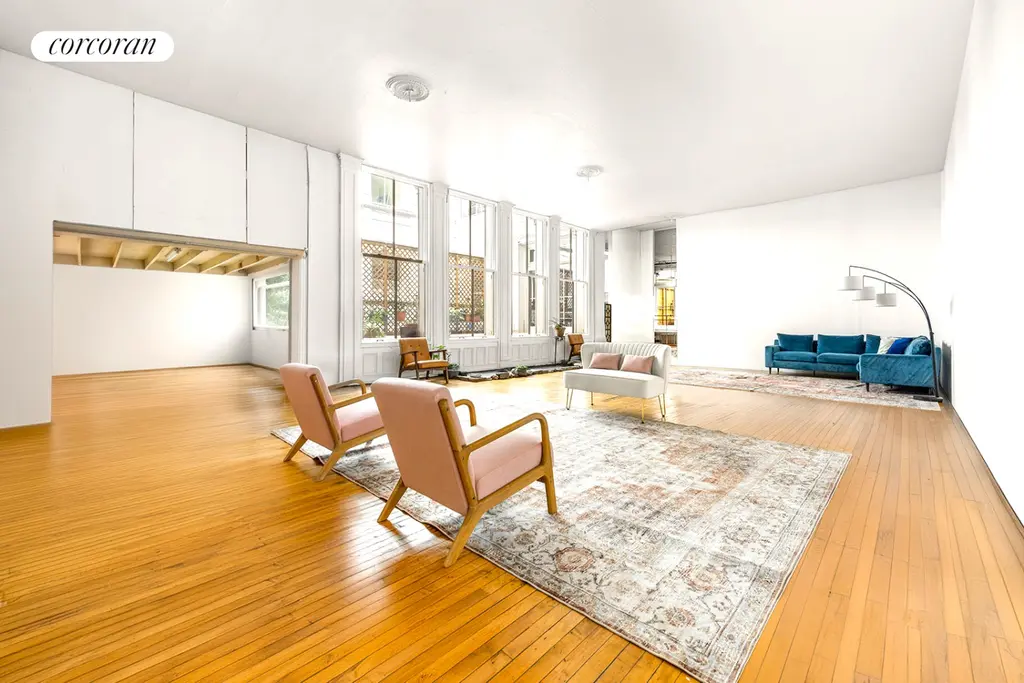
537 Broadway, #2W (Corcoran Group)


Would you like to tour any of these properties?
Just complete the info below.
Or call us at (212) 755-5544
Would you like to tour any of these properties?

Contributing Writer
Cait Etherington
Cait Etherington has over twenty years of experience working as a journalist and communications consultant. Her articles and reviews have been published in newspapers and magazines across the United States and internationally. An experienced financial writer, Cait is committed to exposing the human side of stories about contemporary business, banking and workplace relations. She also enjoys writing about trends, lifestyles and real estate in New York City where she lives with her family in a cozy apartment on the twentieth floor of a Manhattan high rise.

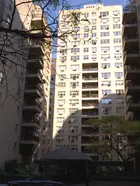
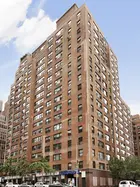

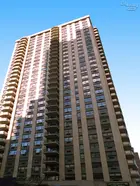





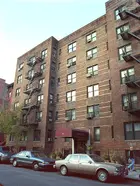
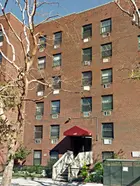


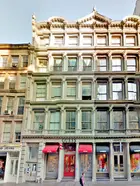
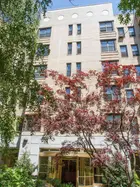
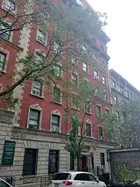
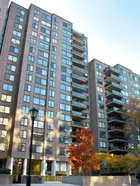
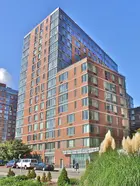
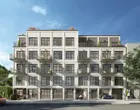

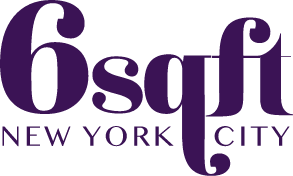 6sqft delivers the latest on real estate, architecture, and design, straight from New York City.
6sqft delivers the latest on real estate, architecture, and design, straight from New York City.
